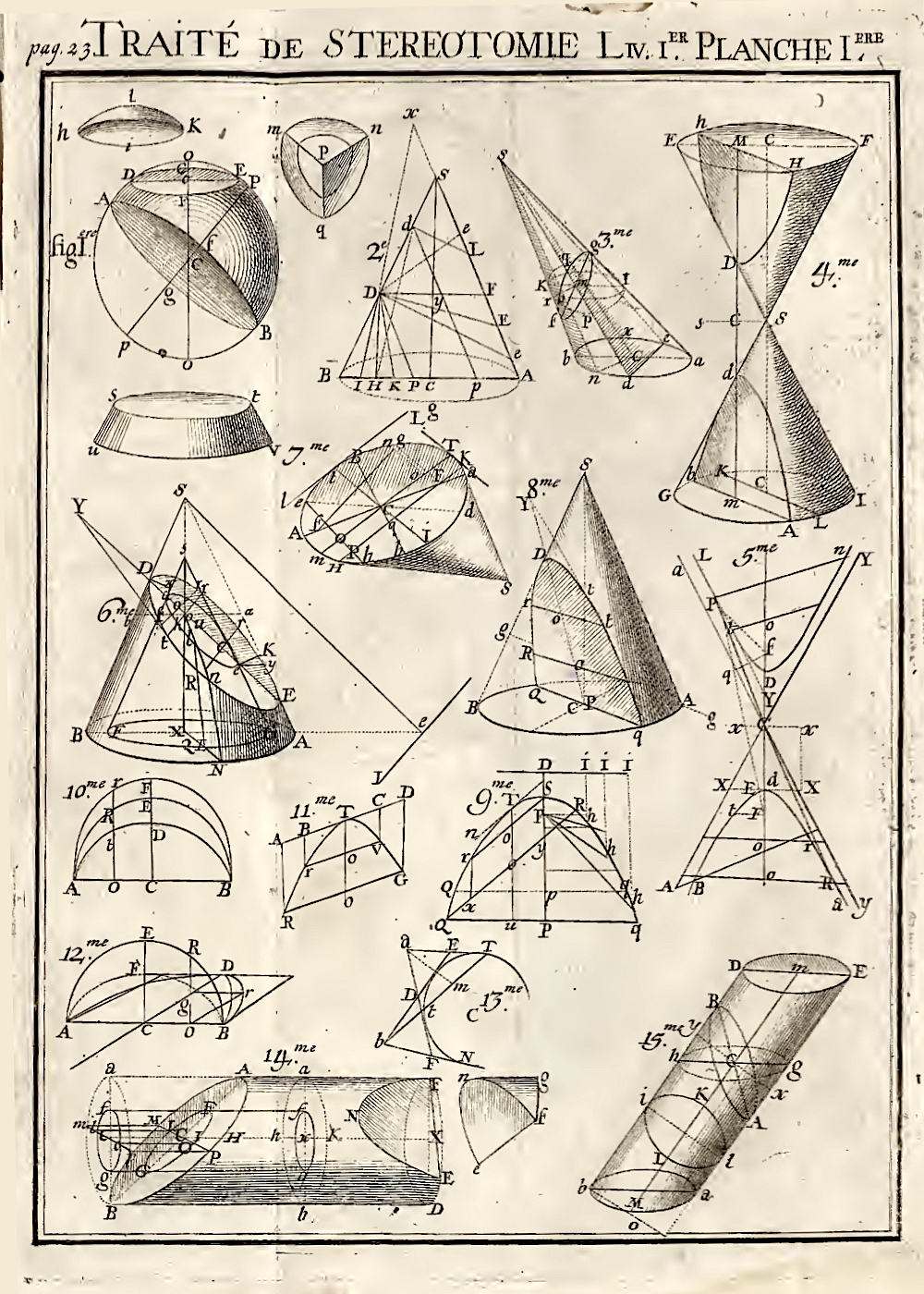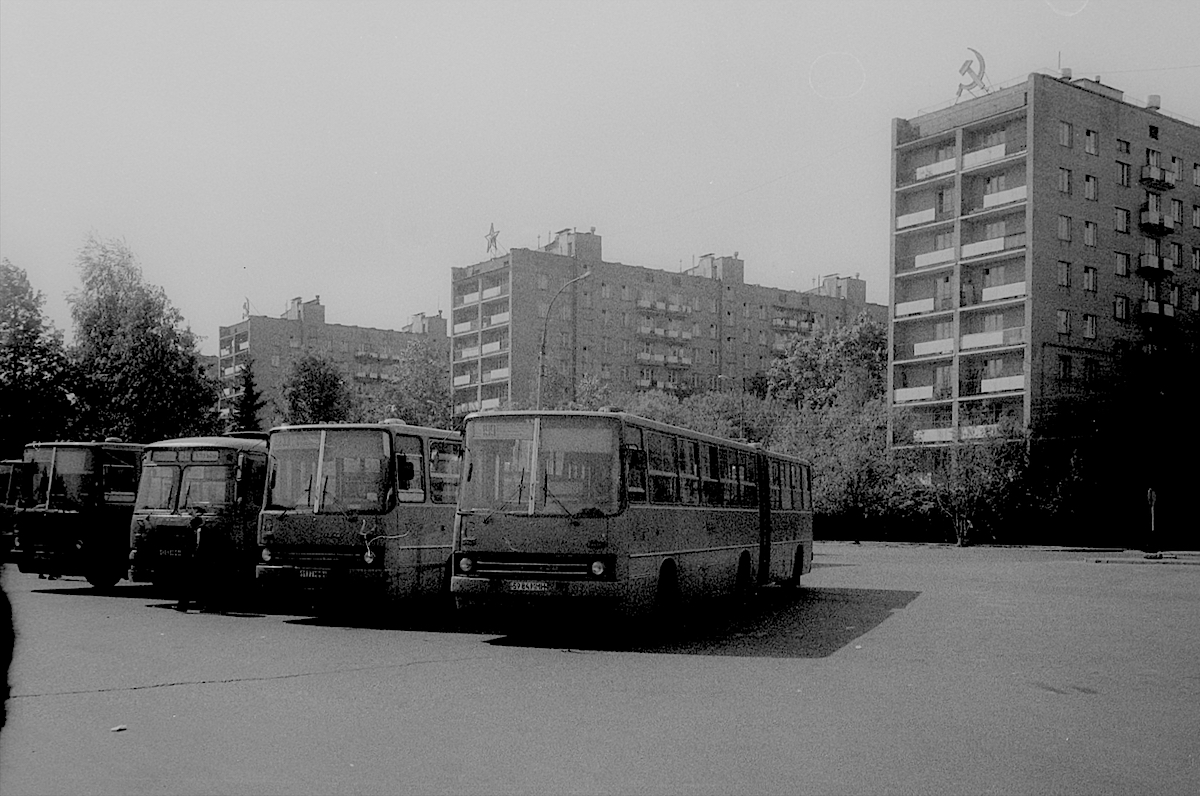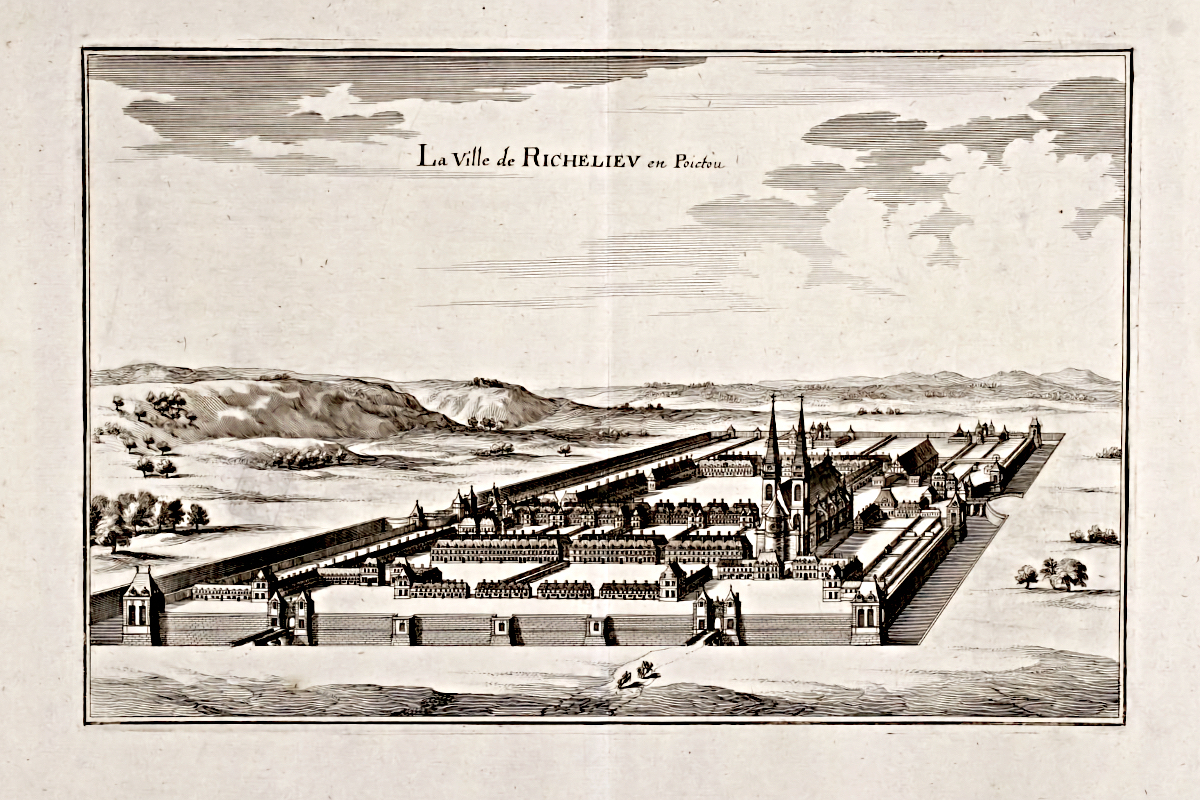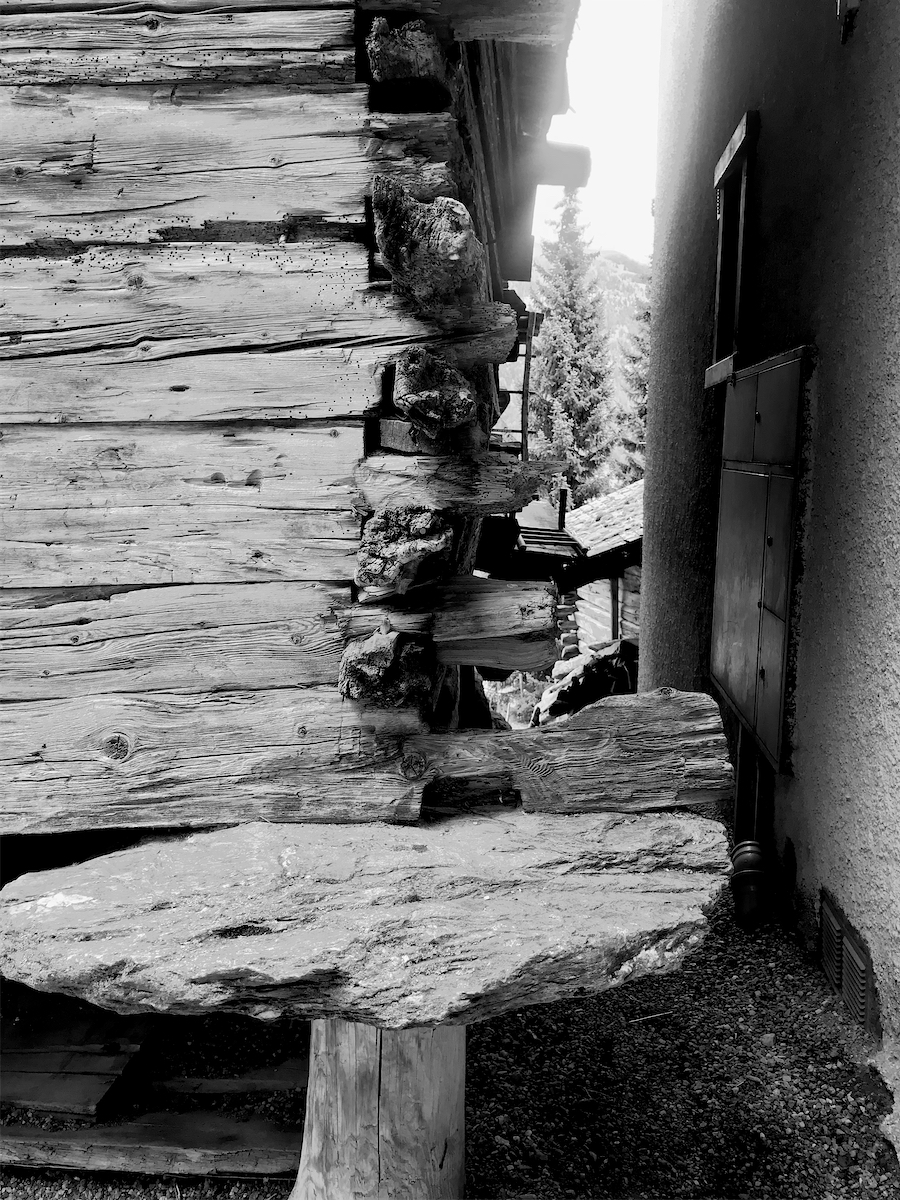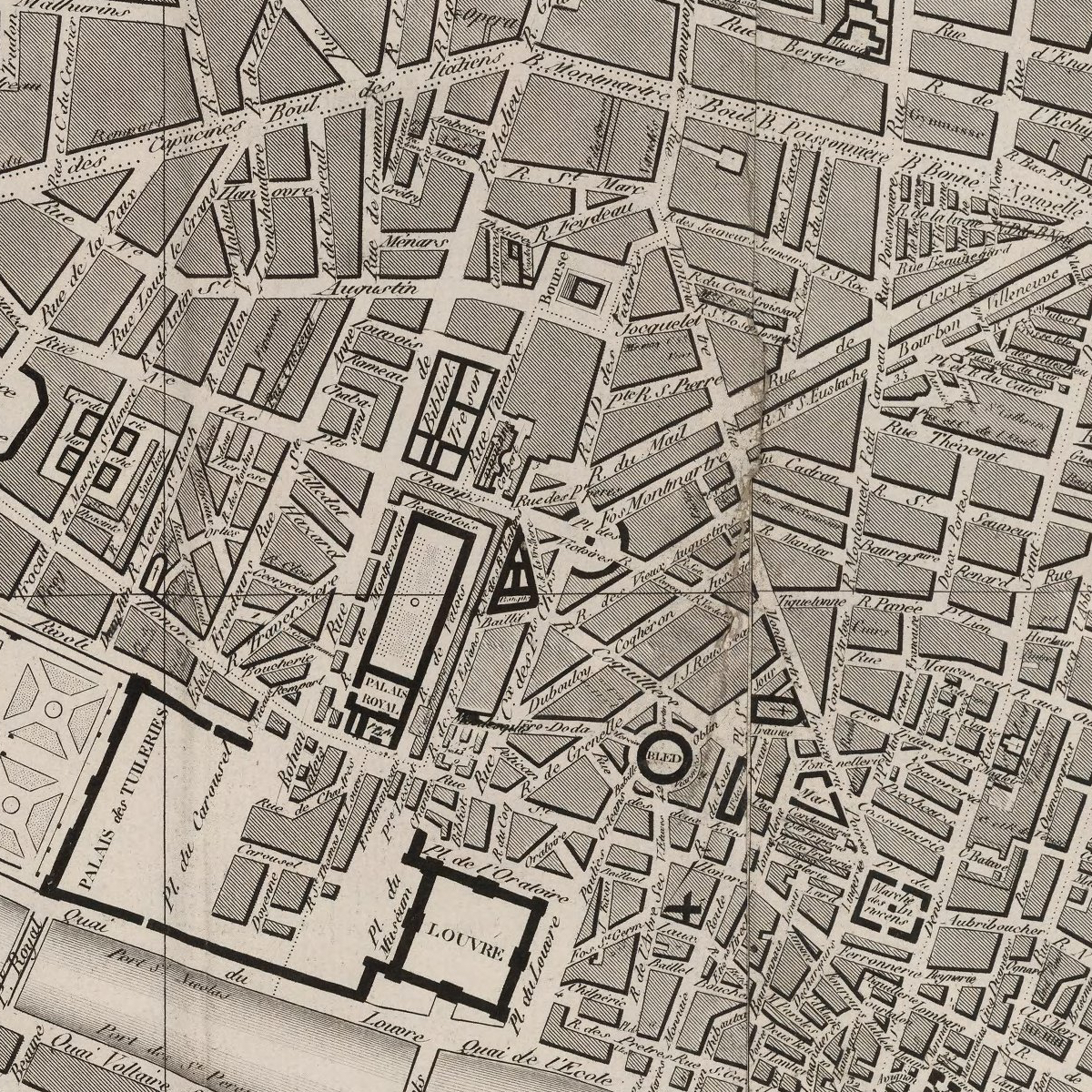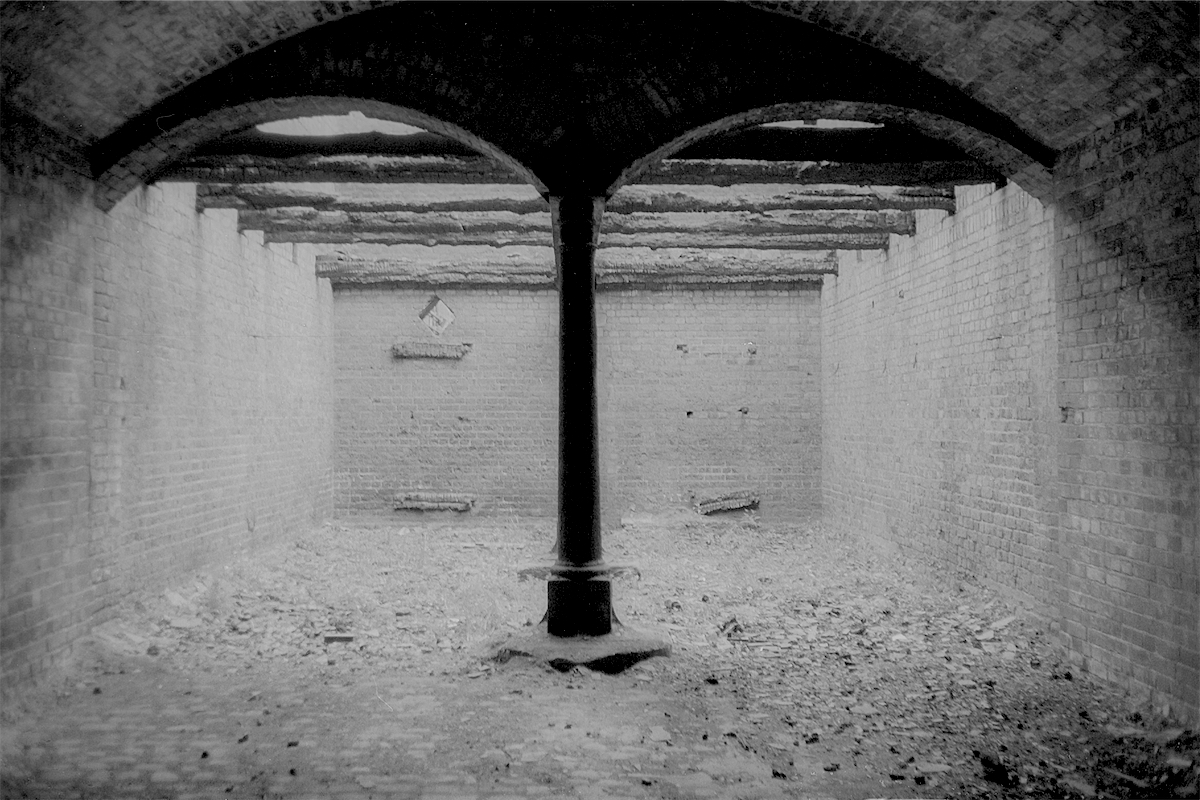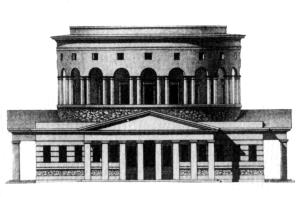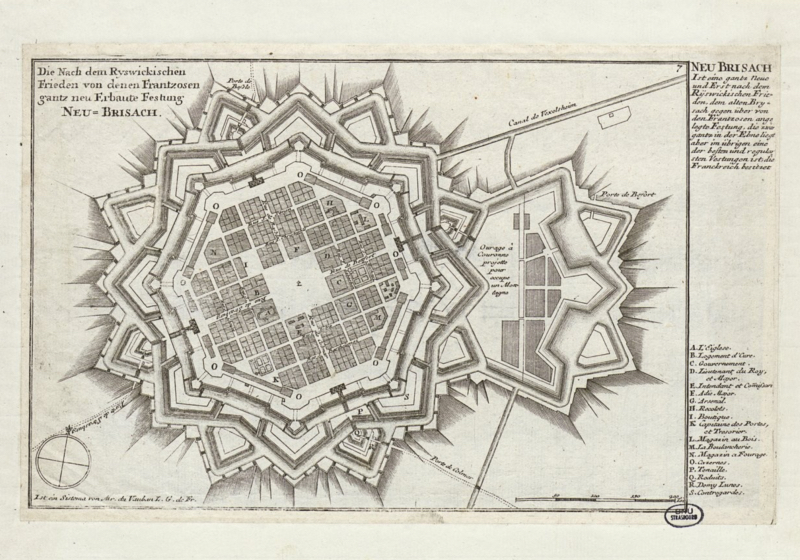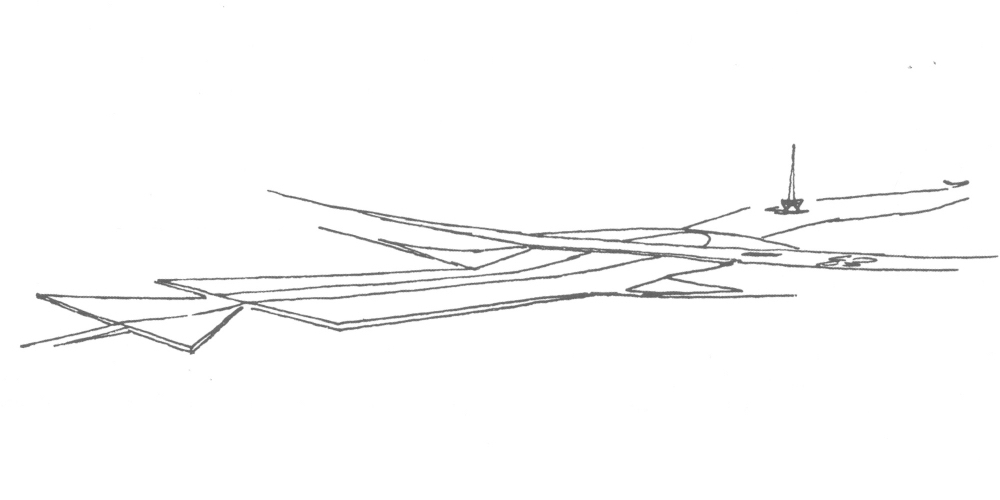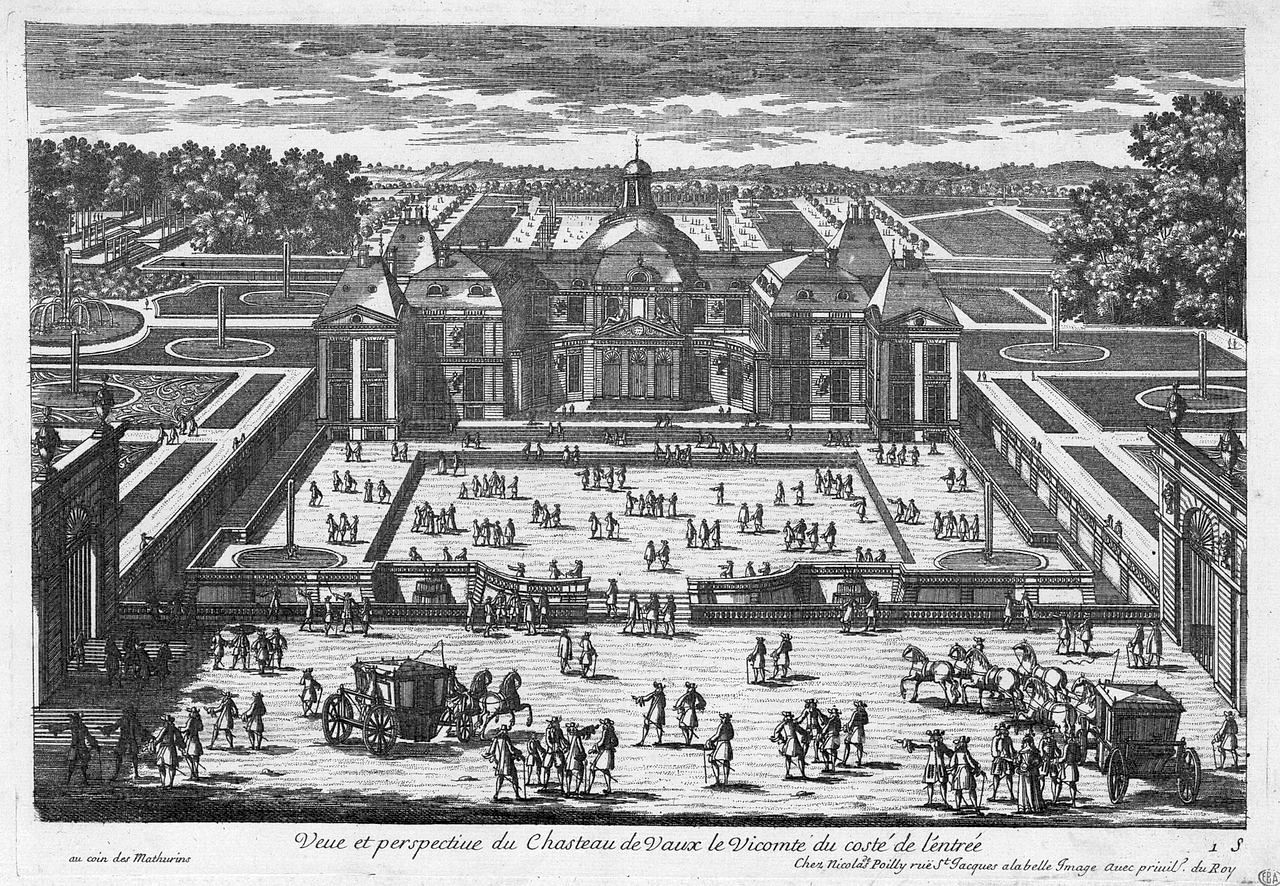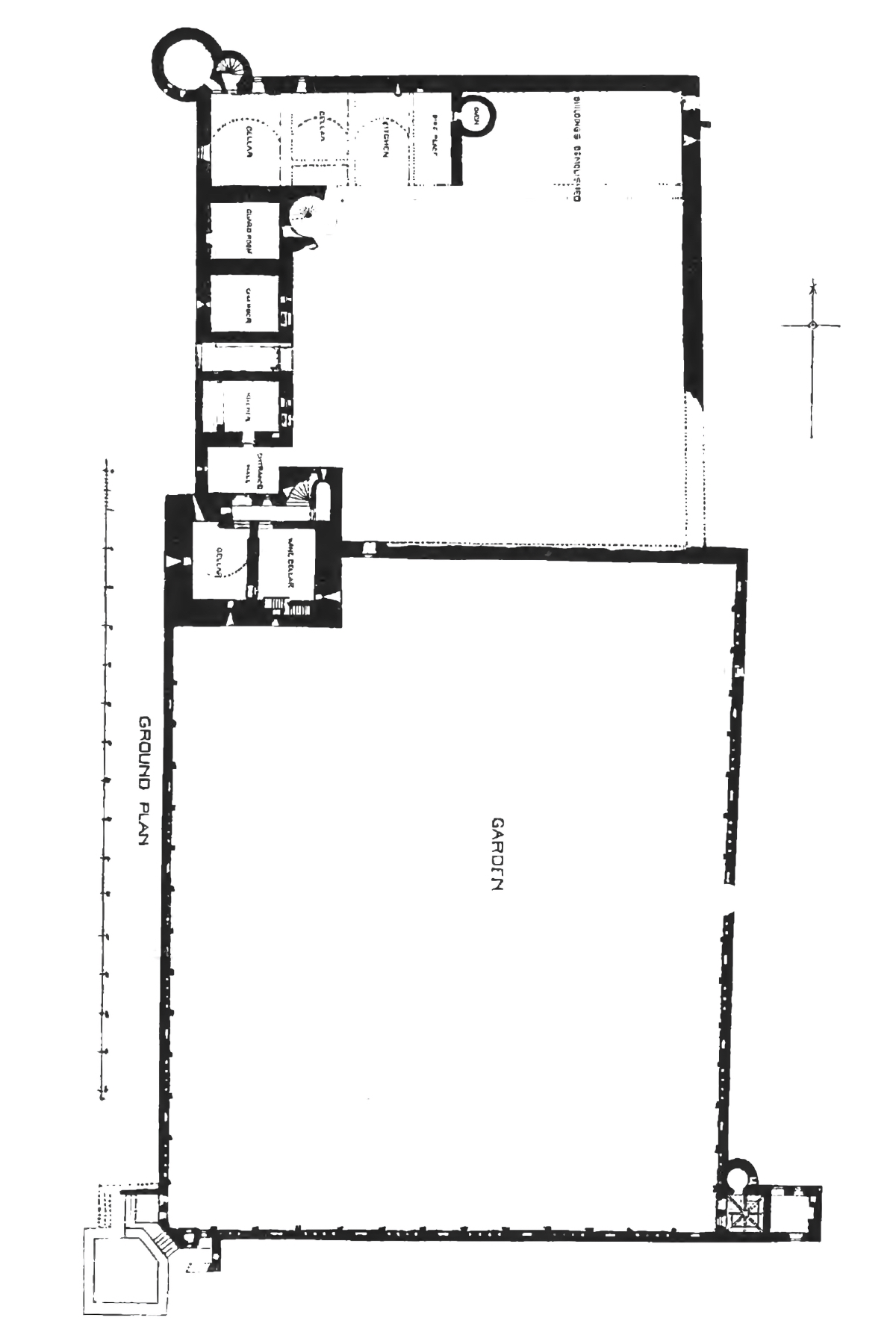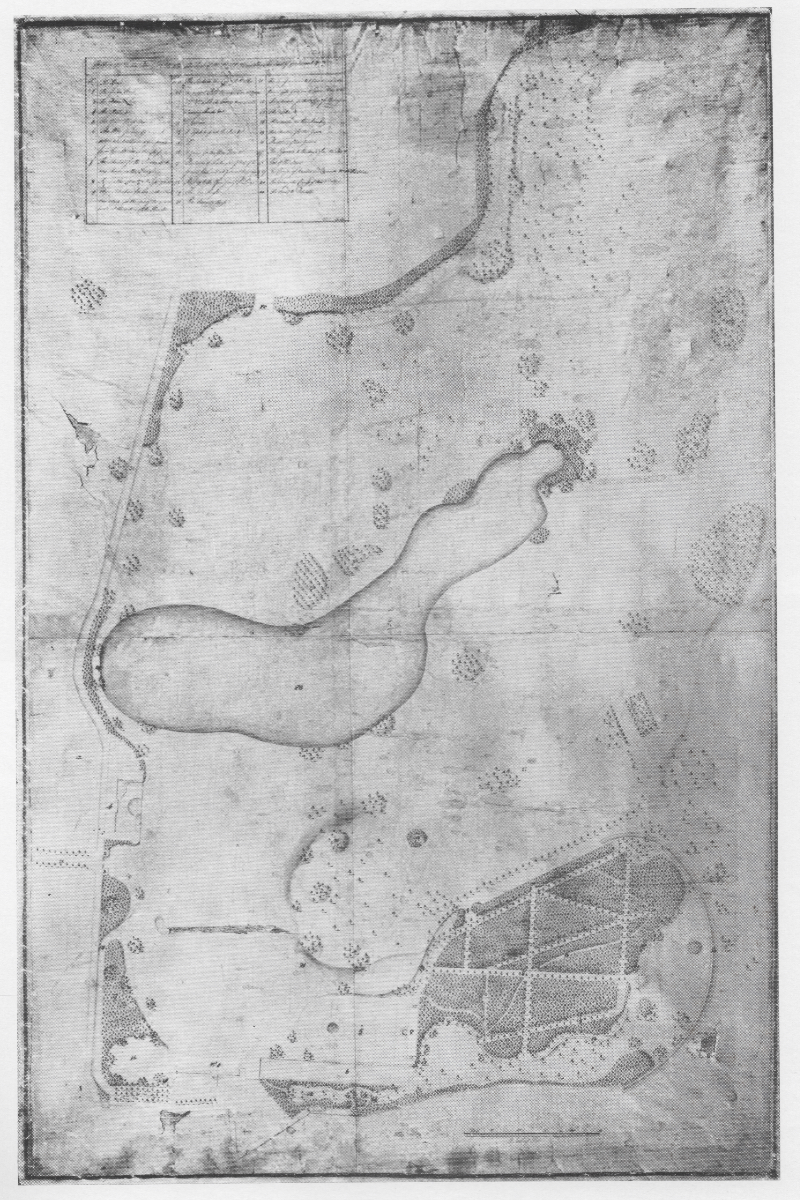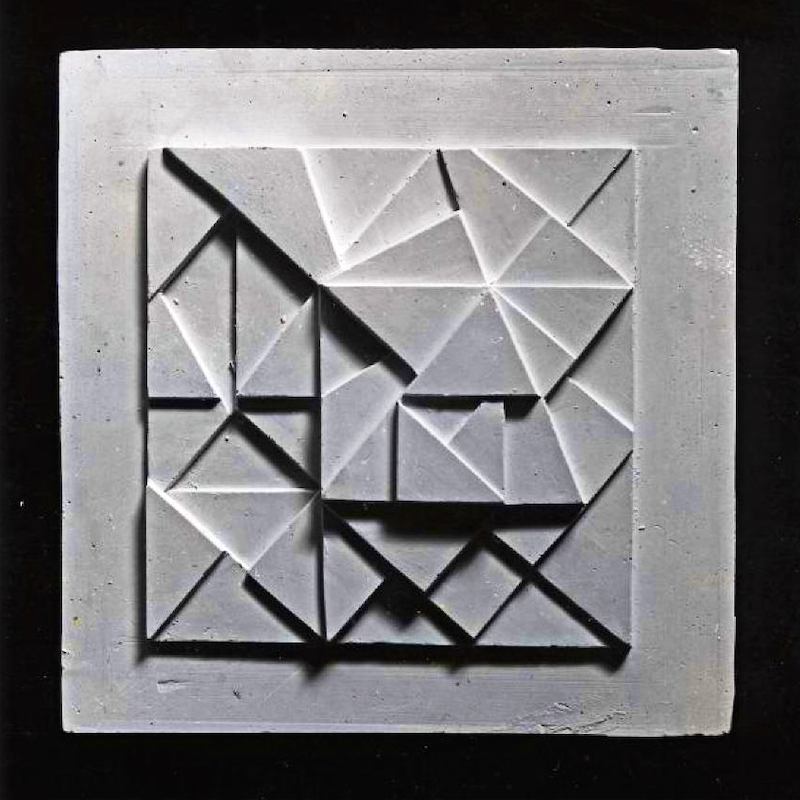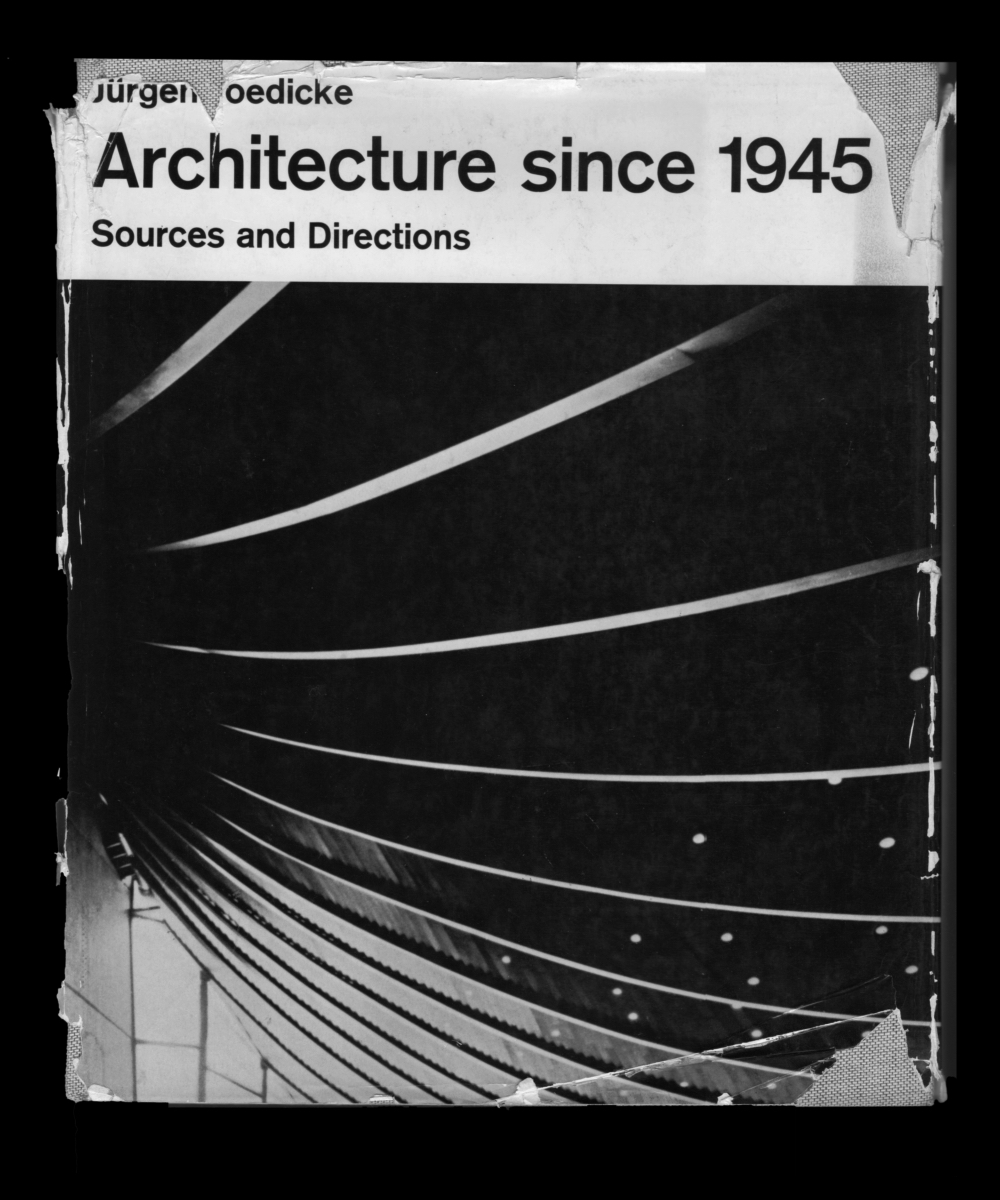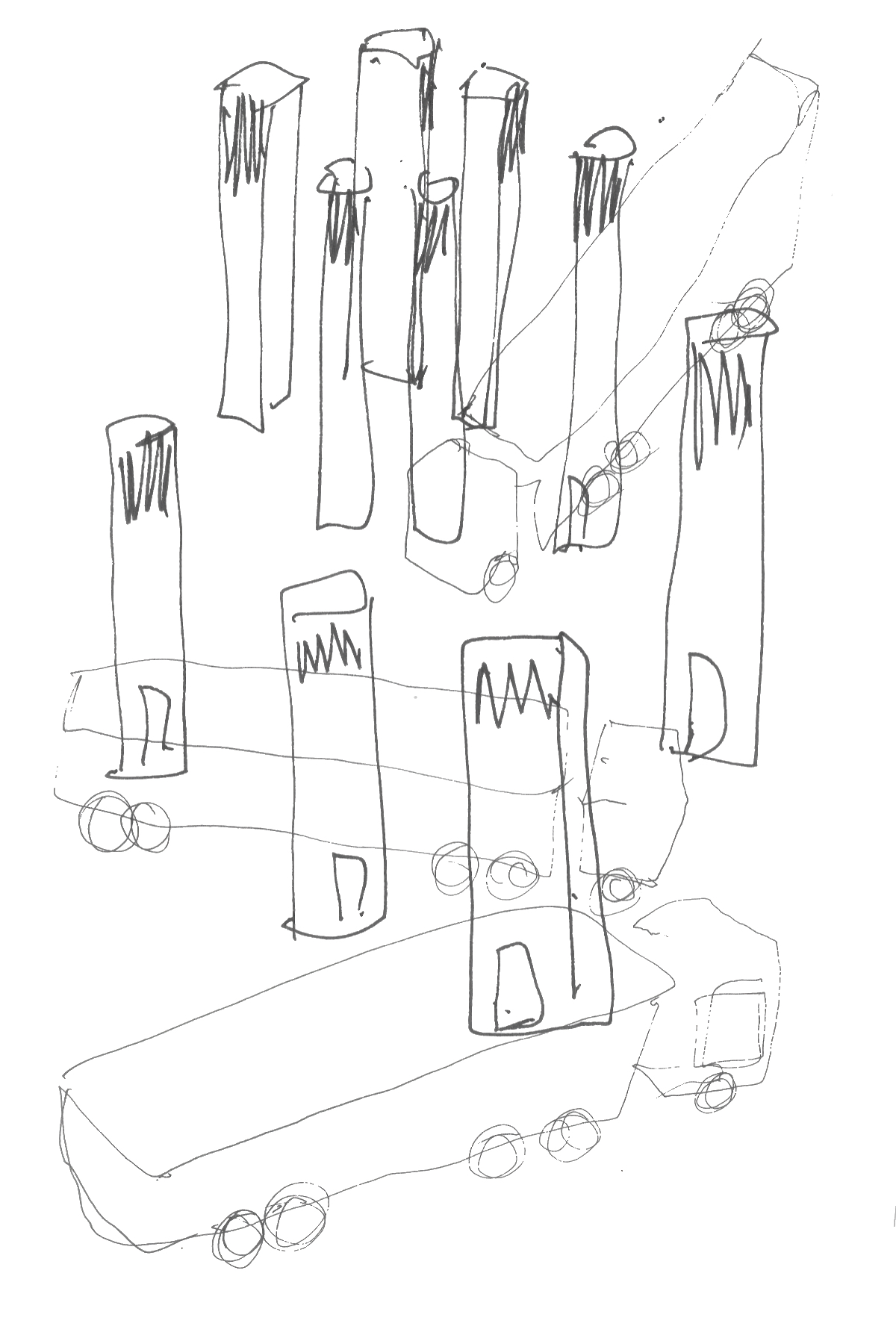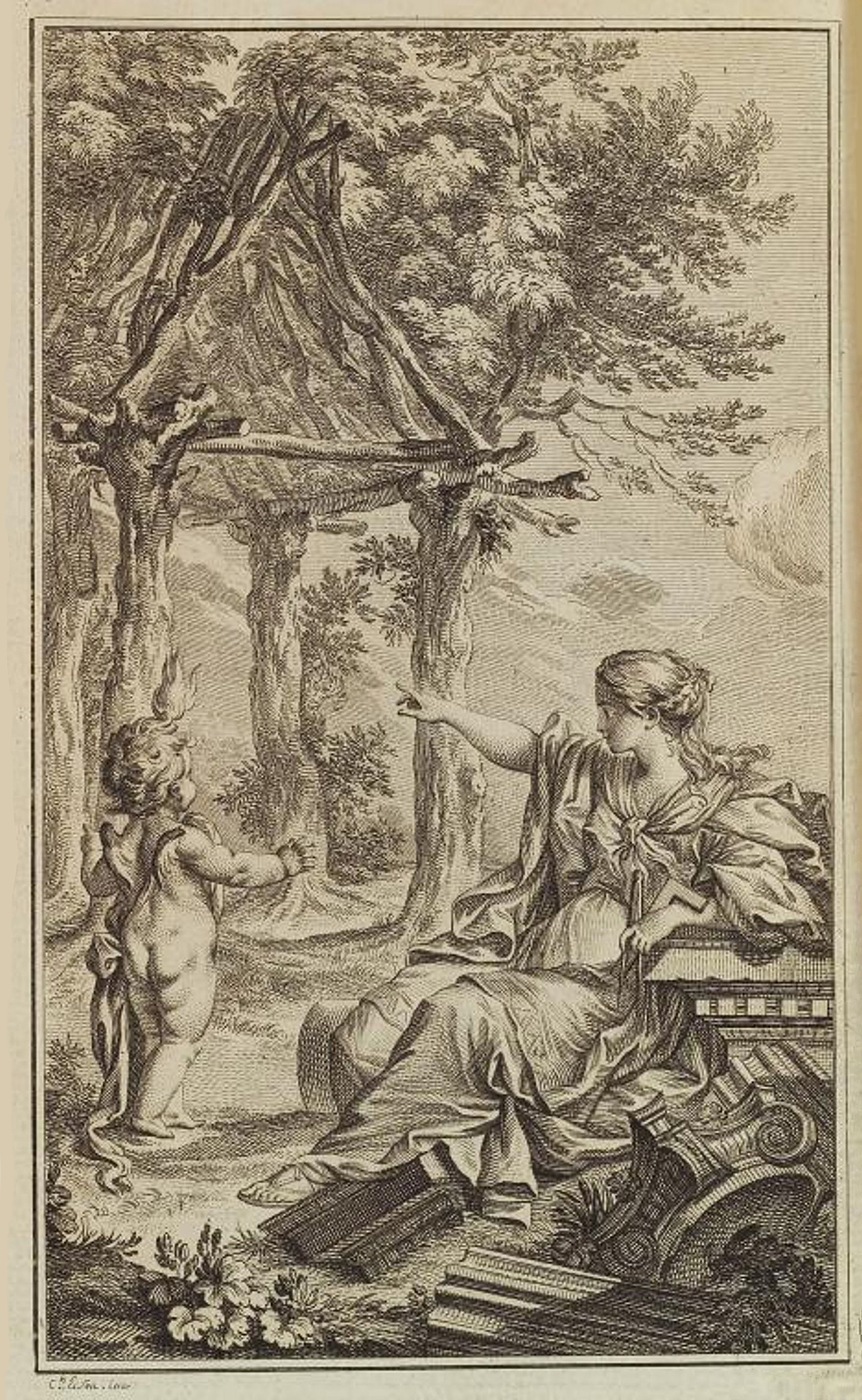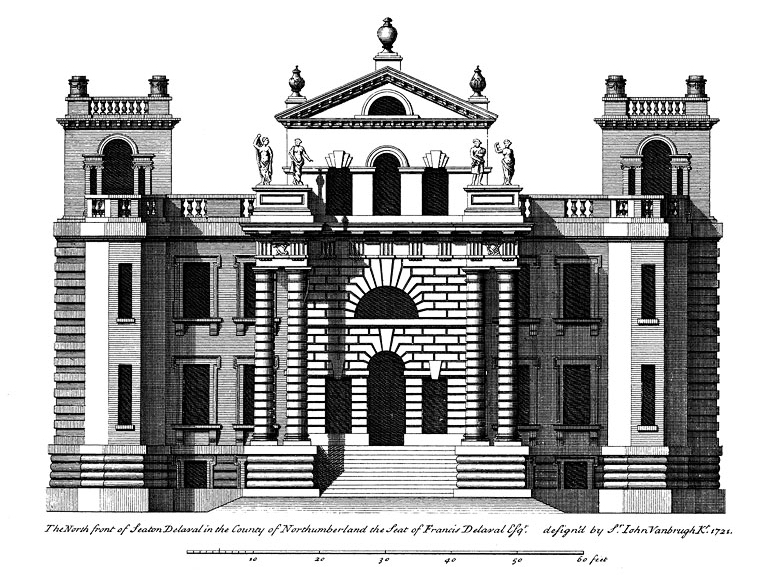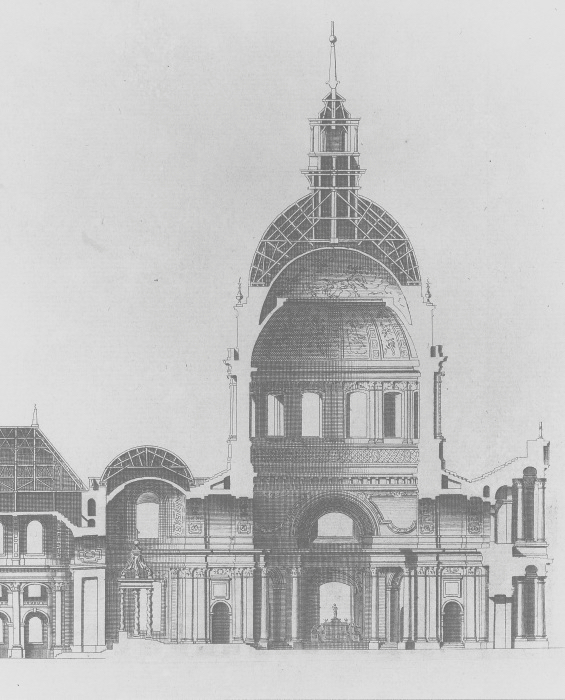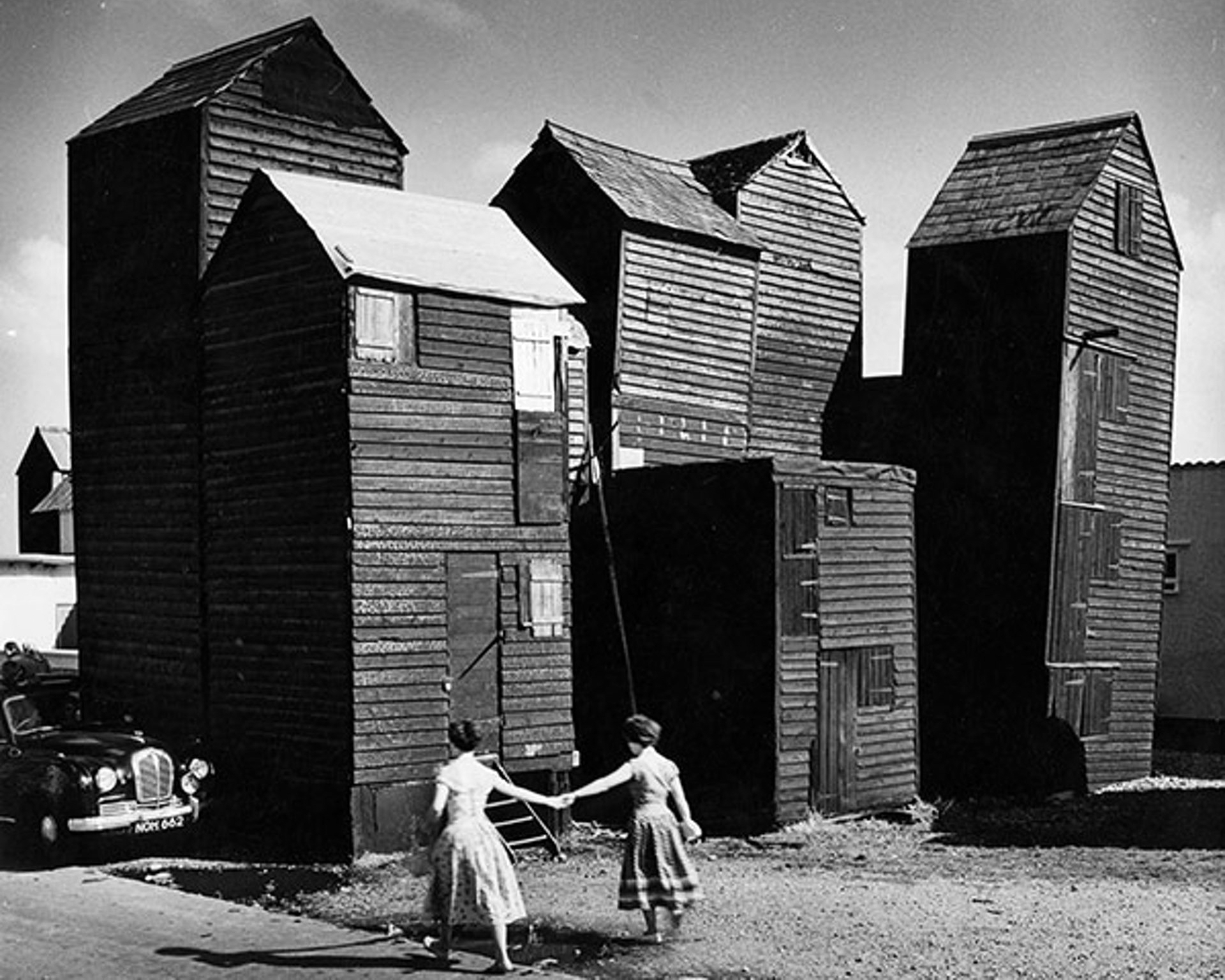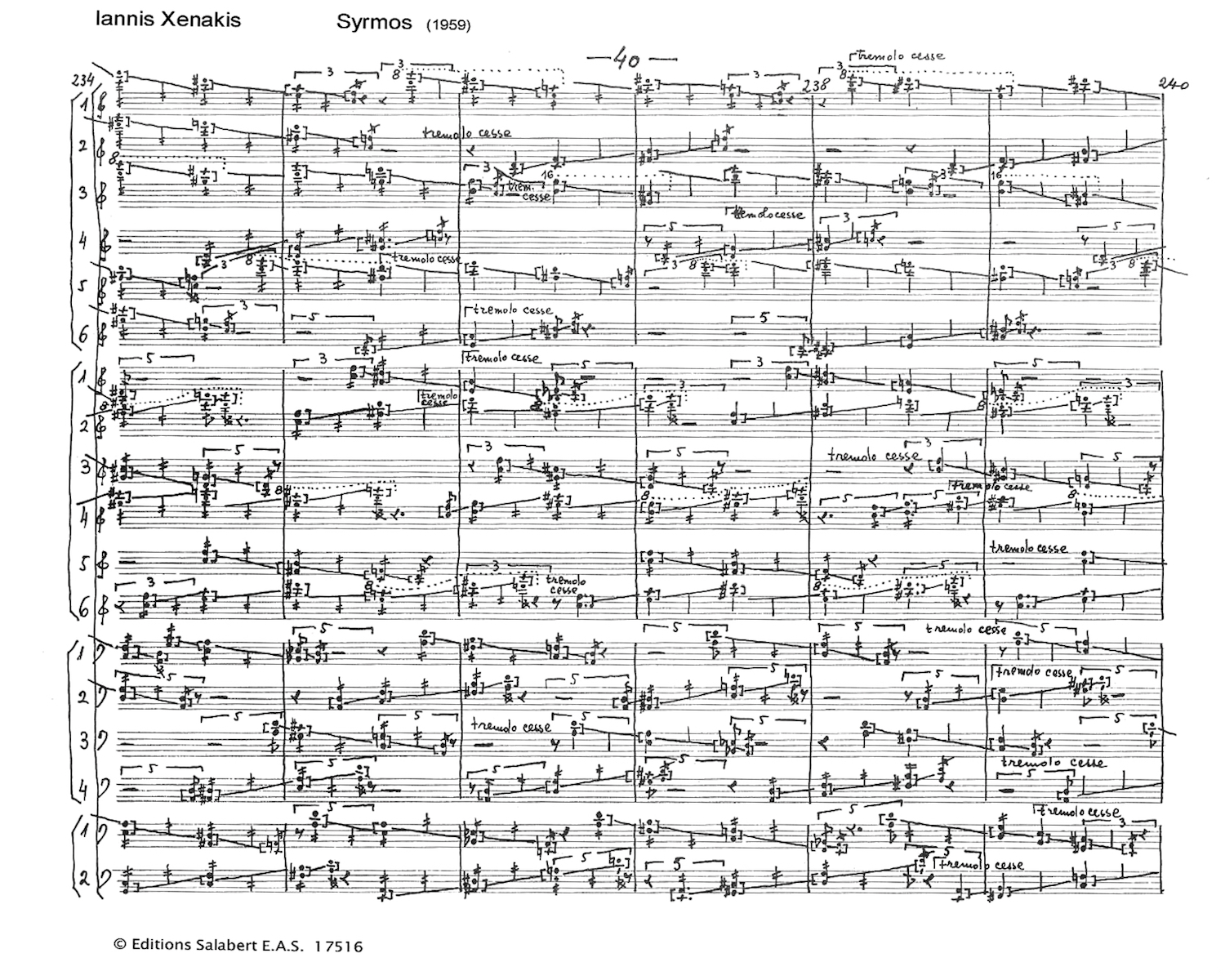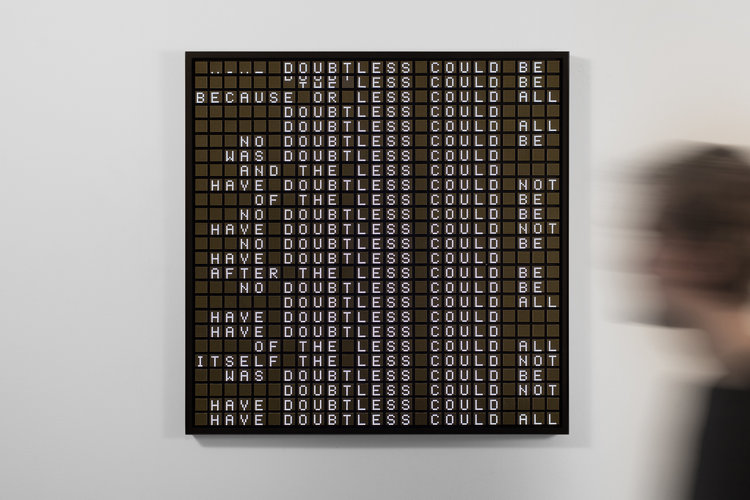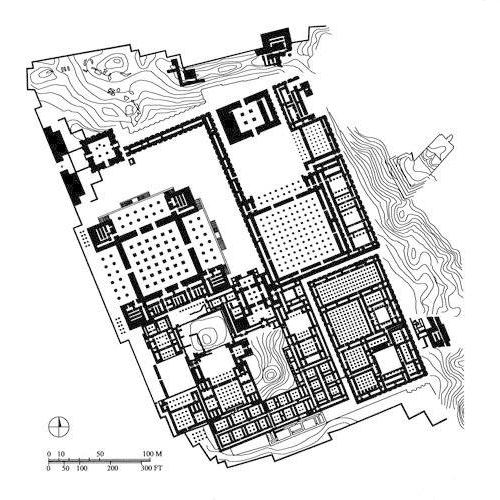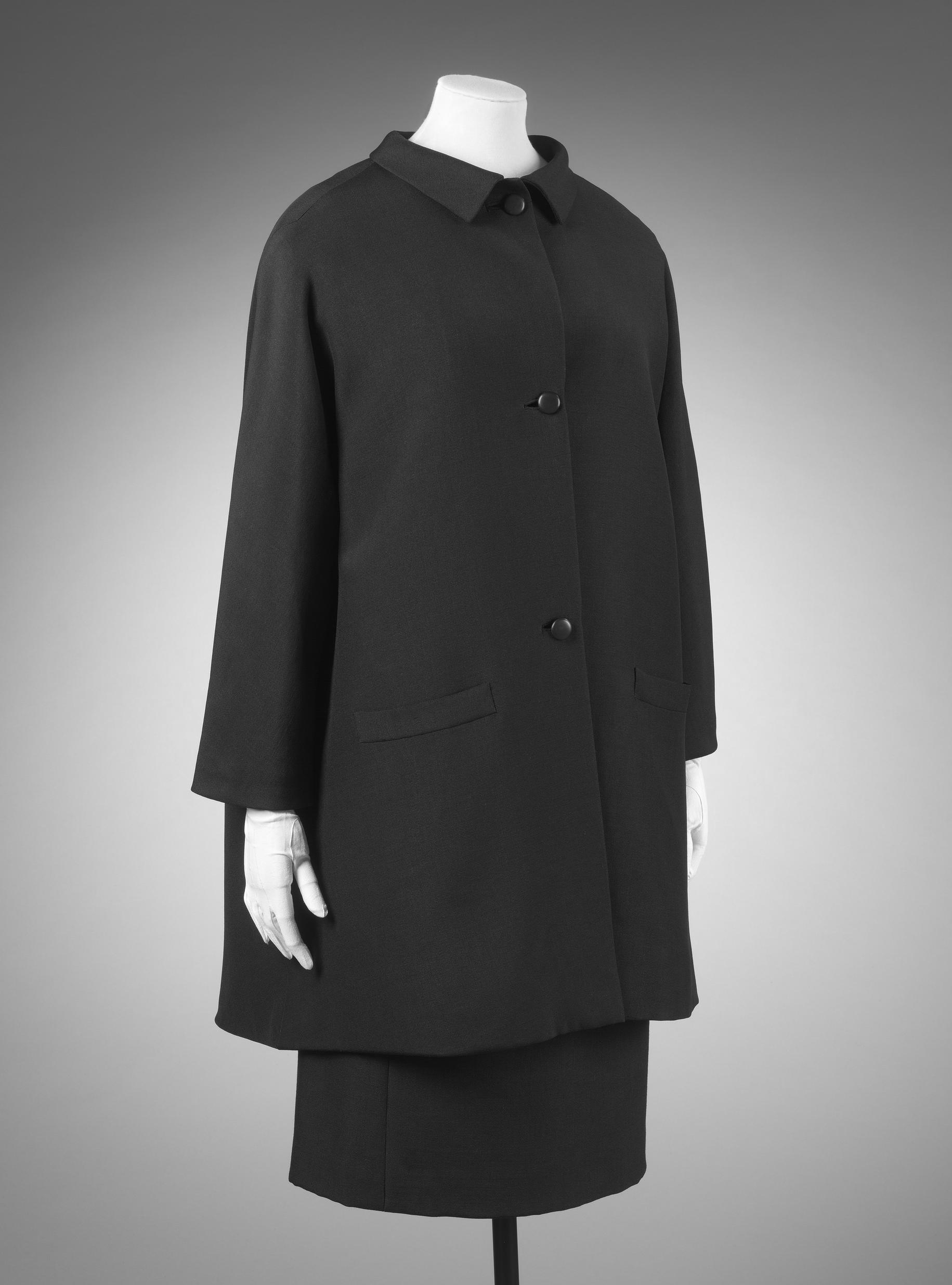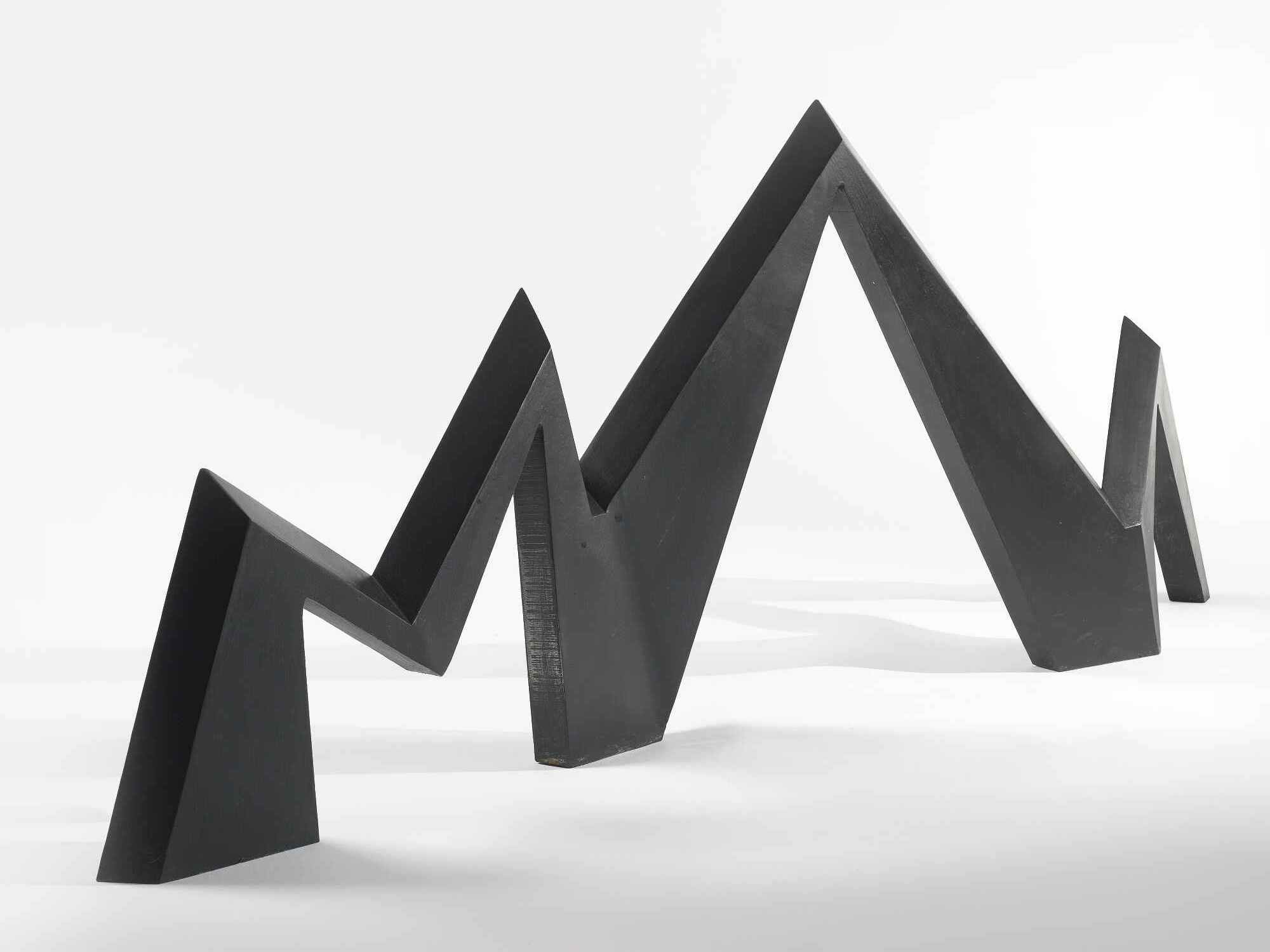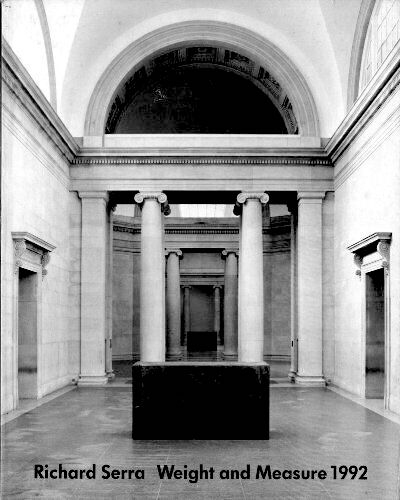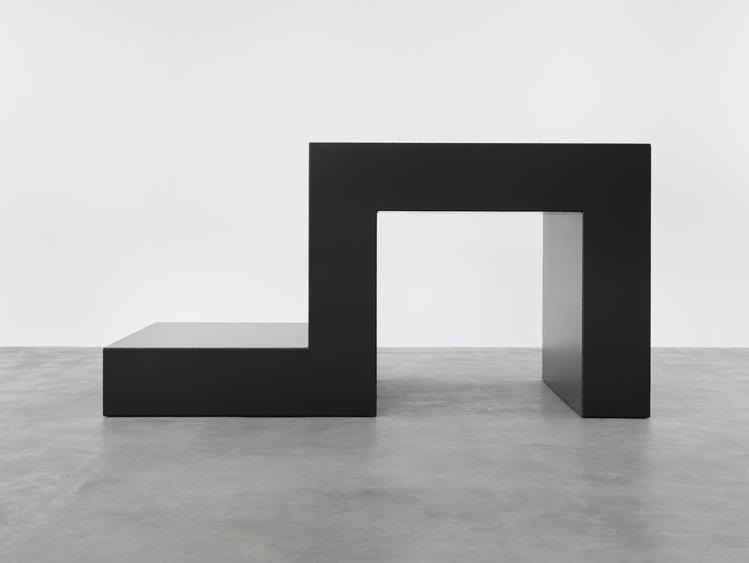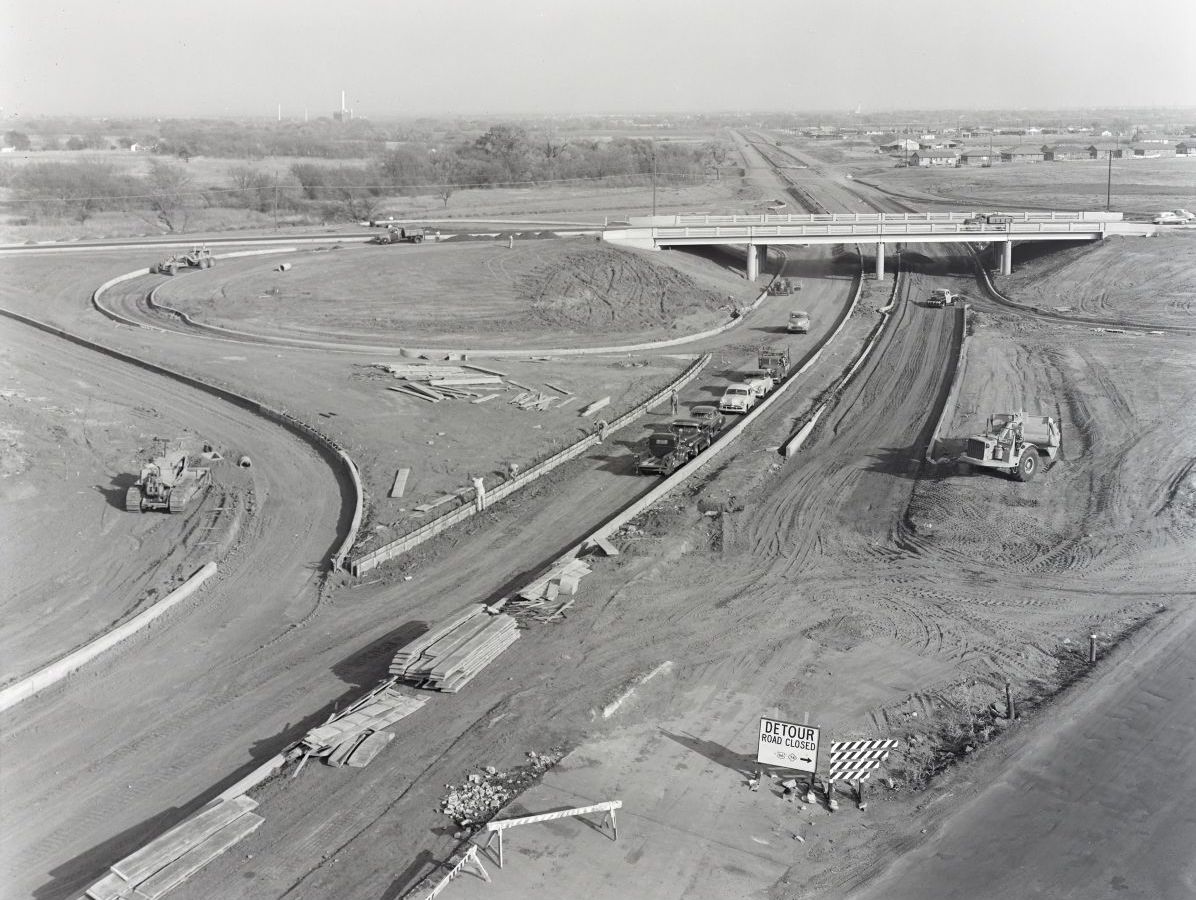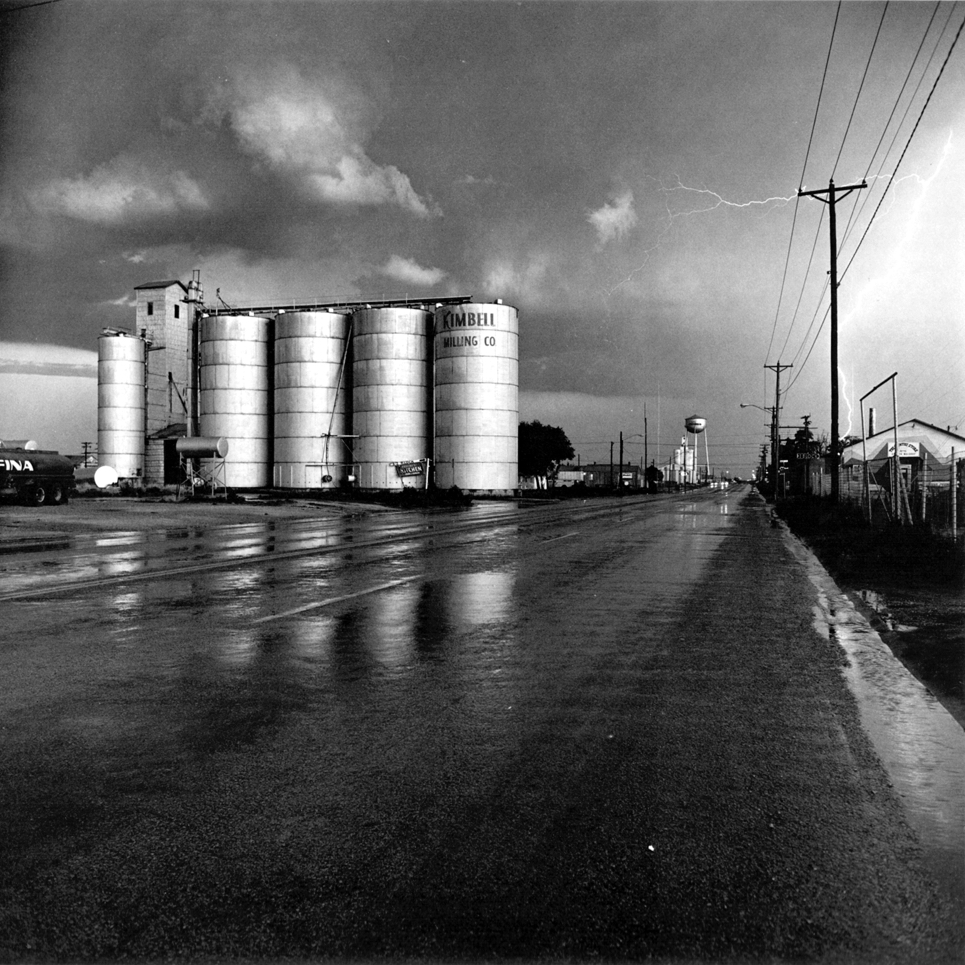thomas
deckker
architect
critical reflections
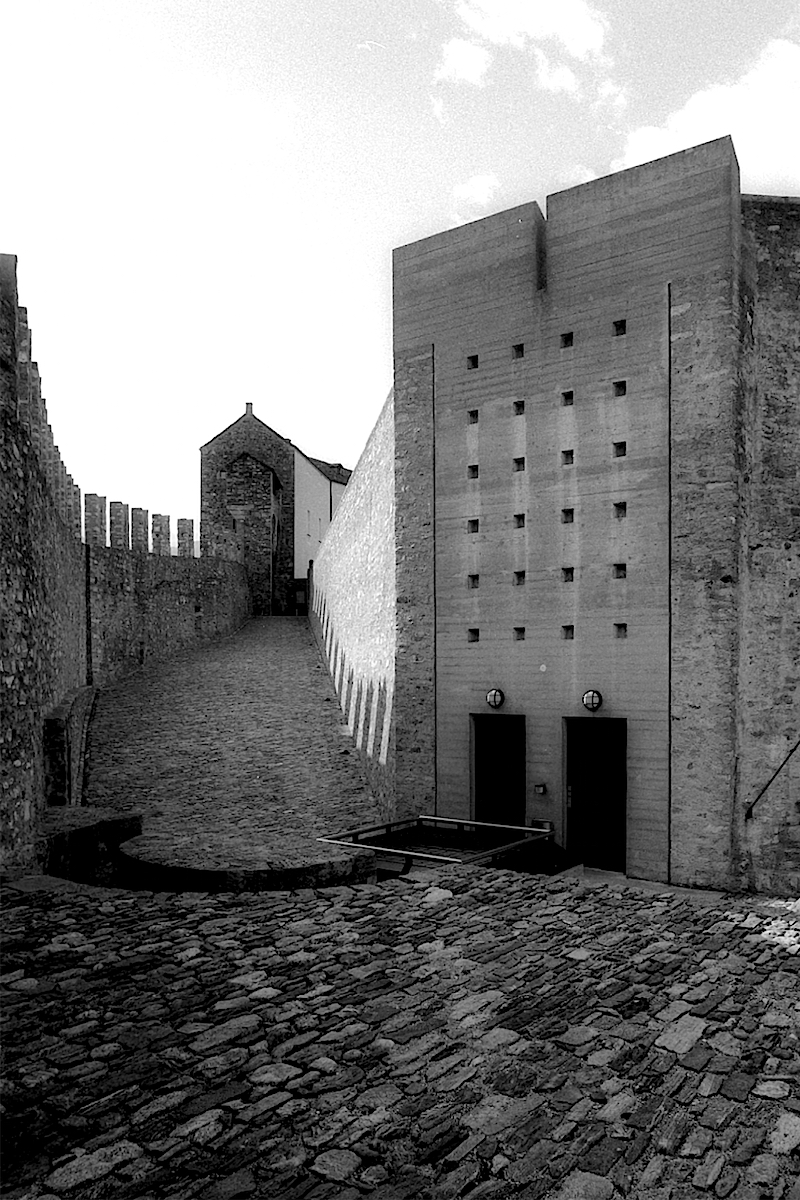
Two Castles in Switzerland
2023

Aurelio Galfetti: Castelgrande, Bellinzona 1986
photo © Thomas Deckker 1996
photo © Thomas Deckker 1996
Two Castles in Switzerland
Two castles in Switzerland - the Castelgrande in Bellinzona, Ticino and the Château de Tourbillon in Sion, Valais - show very different approaches to conservation, but each allows reflection on some essentials of architecture. The Castelgrande was restored as a functioning civic building by the Ticinese architect Aurelio Galfetti, while the Château de Tourbillon has been left unrestored. The stone walls of the unrestored Château de Tourbillon seem to have a affinity with the surrounding dry stone vineyard walls, which reach right up to the foot of the castle hill. These walls became widespread during the Swiss agricultural revolution in the late 19th century, but the origins of these vineyard lies in the Roman era or even earlier.
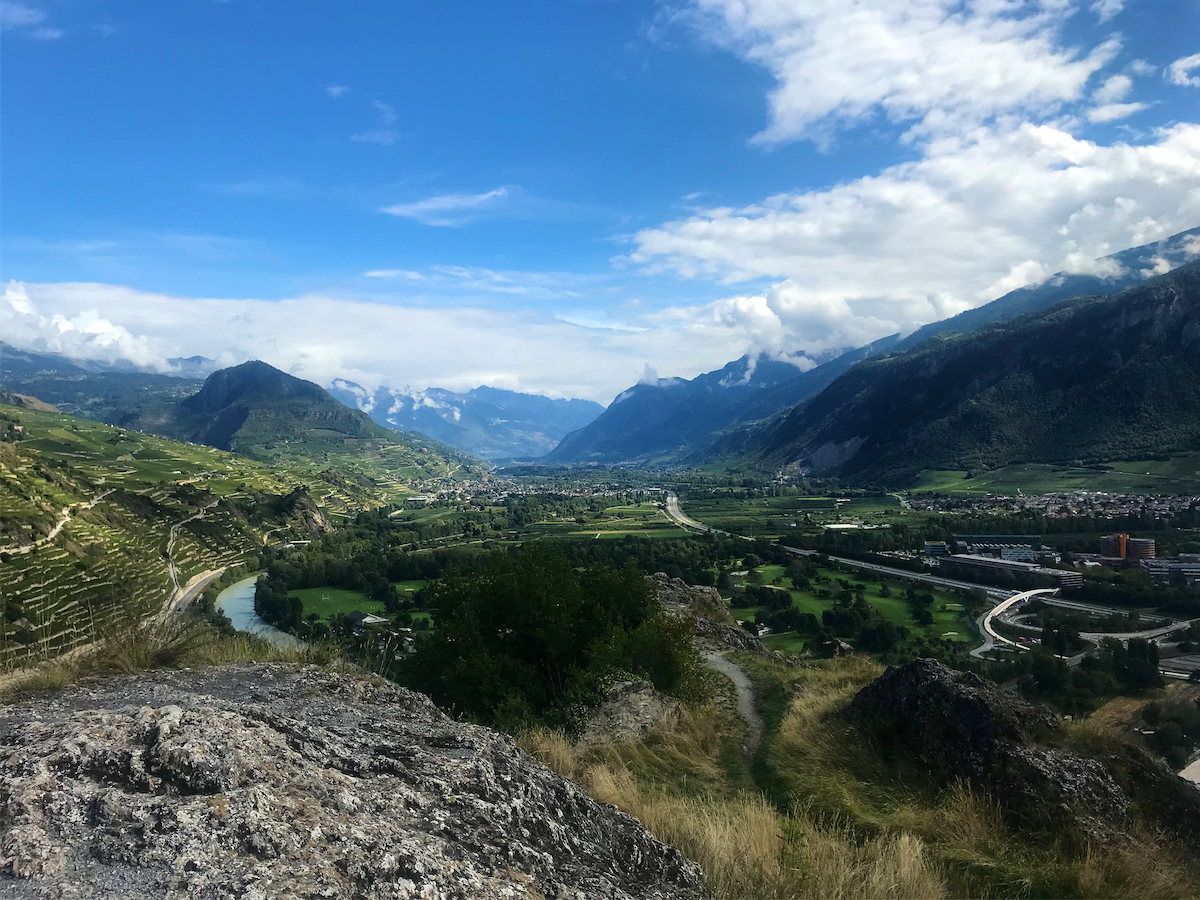
Vineyards, Valais looking towards the Col de Forclaz
© Thomas Deckker 2023
© Thomas Deckker 2023
I first became aware of the work of Aurelio Galfetti through the publication of the Tennis Club in Bellinzona. Not only could I see that it was a sublime gesture in the flat flood plain of the Ticino River, but I found out that it was genuinely popular, an unusual attribute for a ribbed concrete wall. I became aware, through the Tennis Club, of his conversion of the Castelgrande in Bellinzona. I was determined to visit both for my Unit Trip to Switzerland in 1996, along with work by Luigi Snozzi in Bellinzona and Locarno which I already admired. I reviewed Snozzi's work in Monte Carasso, a suburb of Bellinzona, for Relating Landscape to Architecture, having been able to visit and evaluate a substantial amount of work personally. [1]
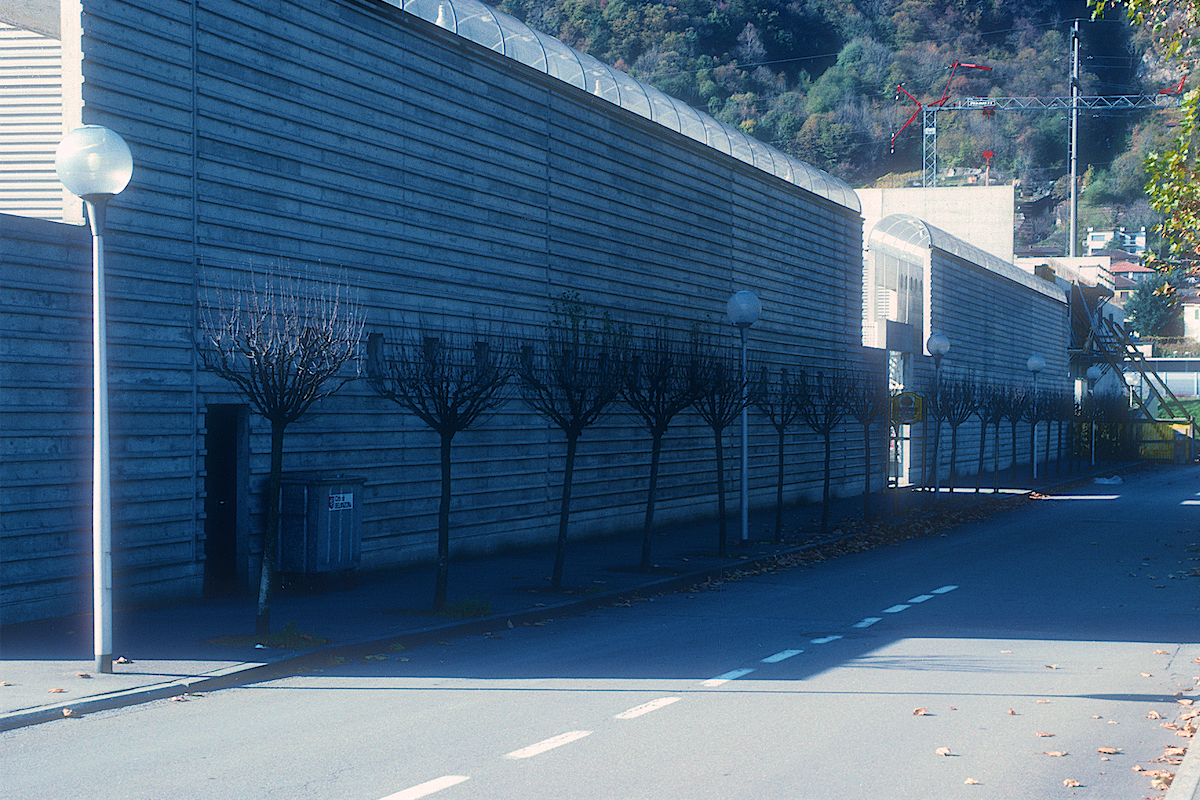
Aurelio Galfetti: Tennis Club, Bellinzona 1986
© Thomas Deckker 1996
© Thomas Deckker 1996
I had the opportunity to revisit Bellinzona in 2023 and decided to investigate whether the buildings had withstood the test of time. The design rationale evident in the Castelgrande - not exclusive to Galfetti, of course - that work built at different times can be physically and conceptually distinct, but with a flexible and indeterminate boundary between them - now appears totally natural, as if it had always been that way. This is particularly noticeable in the geometrical forms of the elevator shaft in board-marked concrete which integrates with the surrounding stone walls.
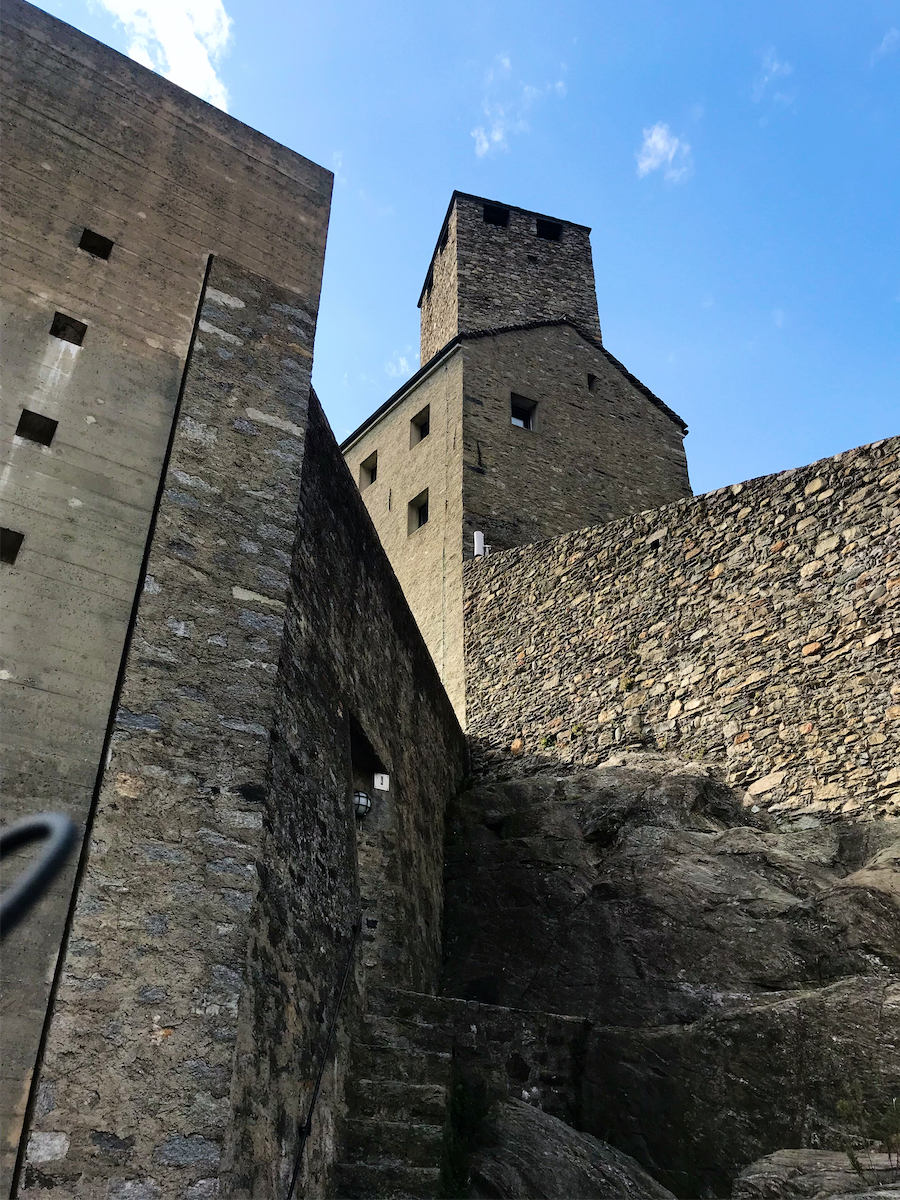
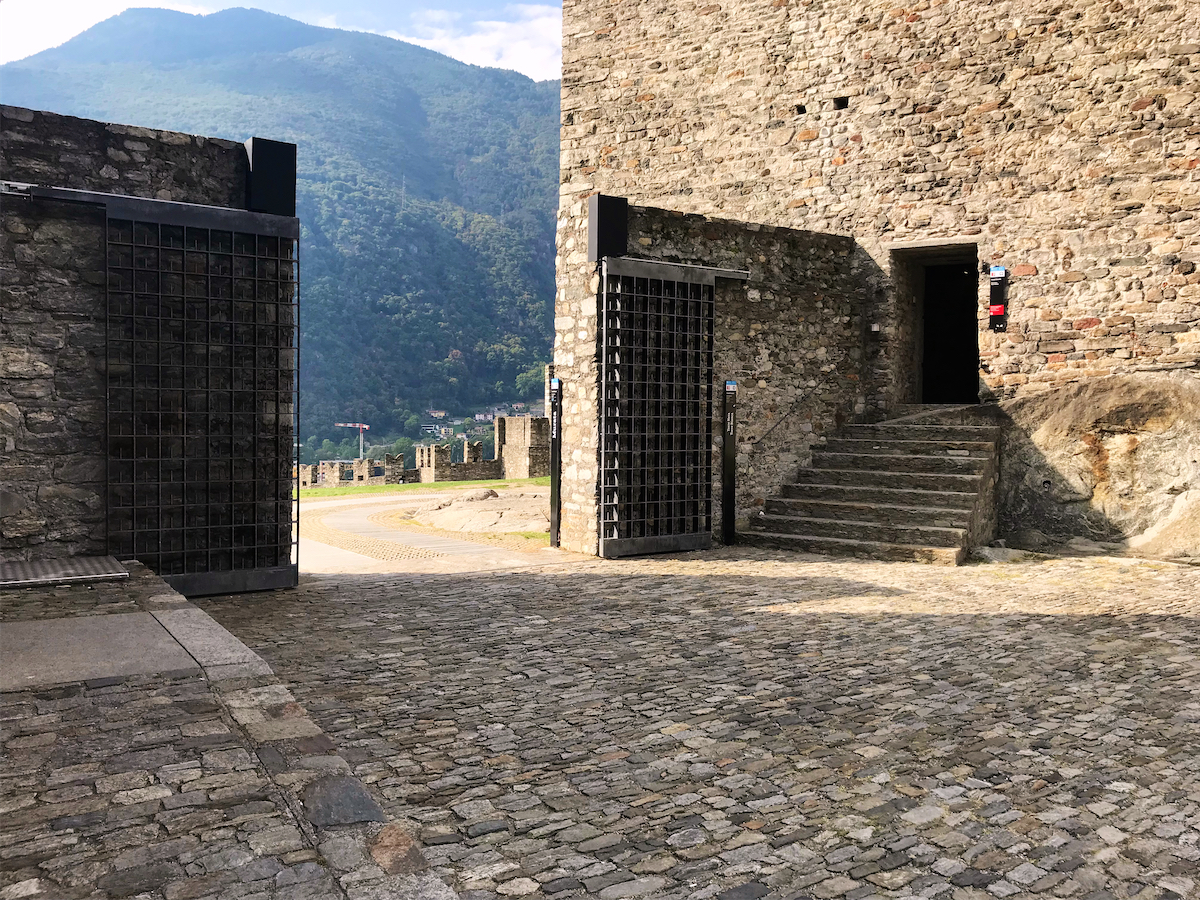
Aurelio Galfetti: Castelgrande, Bellinzona 1986
photo © Thomas Deckker 2023
photo © Thomas Deckker 2023
I was interested to see that one of Galfetti's more recent works, the Casa a Paros, a holiday house in Greece (2003), showed the same interests as my own landscape inhabitation project in Sagres, Portugal in Unit G at the University of East London in 1994-95.
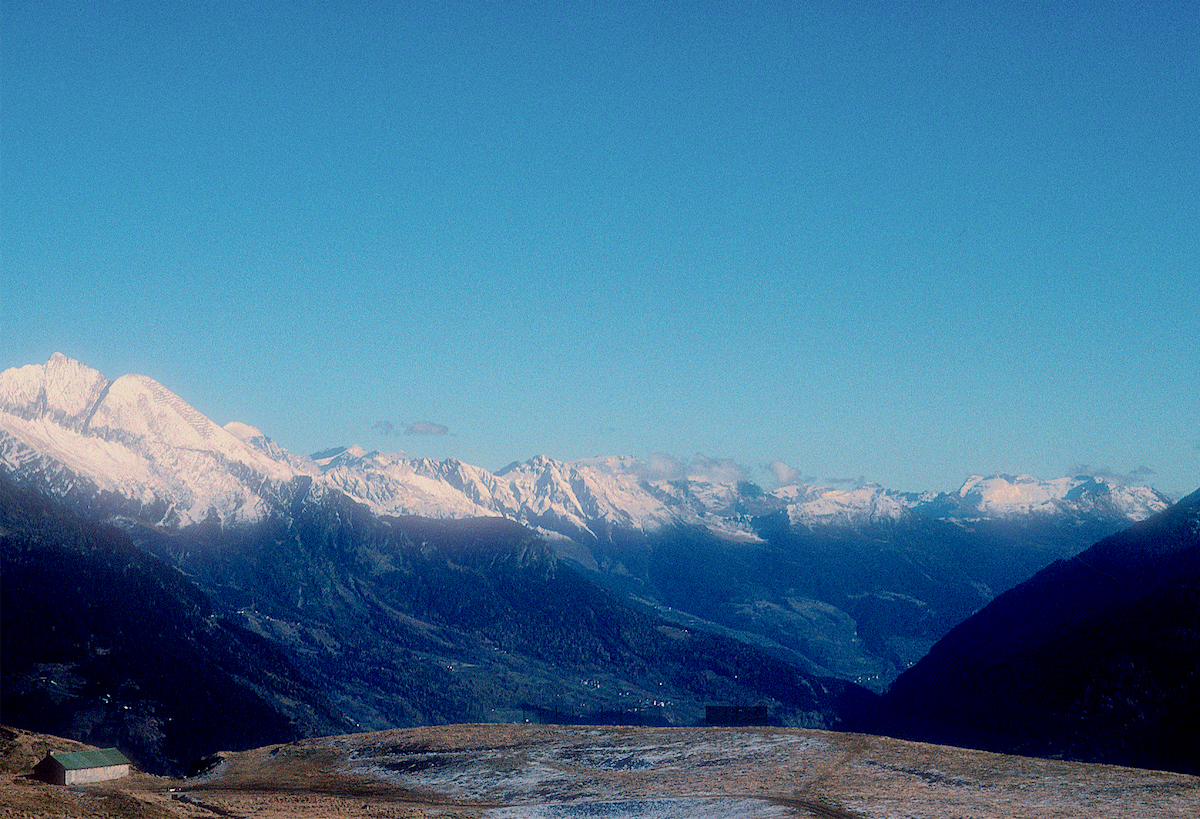
Gotthard Pass, Uri/Ticino: the intermediate landscape, between valley and peak
photo © Thomas Deckker 1996
photo © Thomas Deckker 1996
During my Unit Trip in 1996 we also crossed as many mountain passes as possible, fascinated by the interplay of the smooth geometrical form of the roads and the violent landscape. The cols were a kind of hinge between the fertile valleys and the summits, snowbound even in summer. One one pass, the Col de Forclaz from Valais to Lyon and the Couvent de la Tourette, the road looped up the col closely bound by the dry stone walls of vineyards. This journey provided the starting point for some very beautiful landscape studies.
On my return trip in 2023 I could see the same Valaisanne vineyards from the Château de Tourbillon. This castle was destroyed in 1788 and left as a ruin, although the fabric was consolidated in 1993-99. In contrast to the Castelgrande in Bellinzona, the walls and scrub seemed to make the same compromise with nature as the dry stone walls of the vineyards on the surrounding hills.
On my return trip in 2023 I could see the same Valaisanne vineyards from the Château de Tourbillon. This castle was destroyed in 1788 and left as a ruin, although the fabric was consolidated in 1993-99. In contrast to the Castelgrande in Bellinzona, the walls and scrub seemed to make the same compromise with nature as the dry stone walls of the vineyards on the surrounding hills.
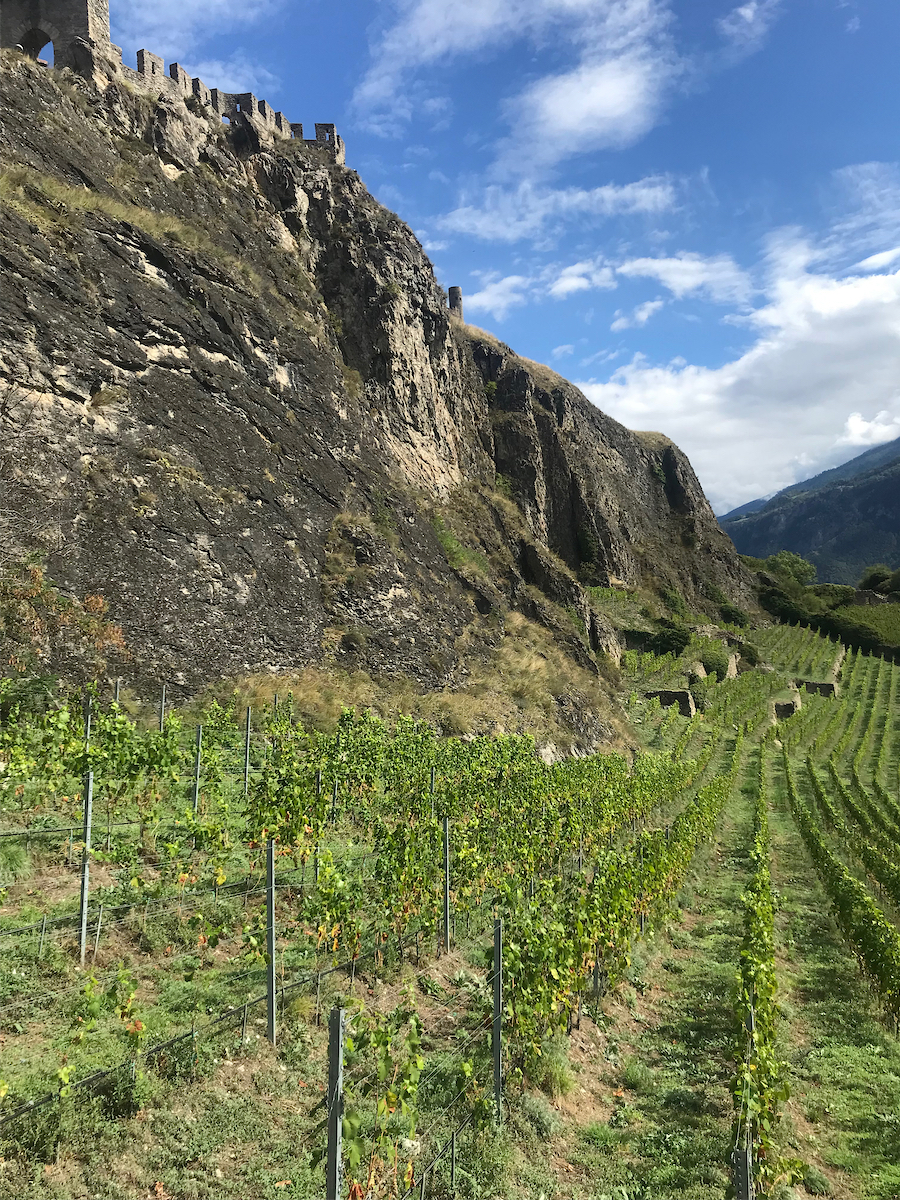
Château de Tourbillon and vineyards, Sion, Valais
© Thomas Deckker 2023
© Thomas Deckker 2023
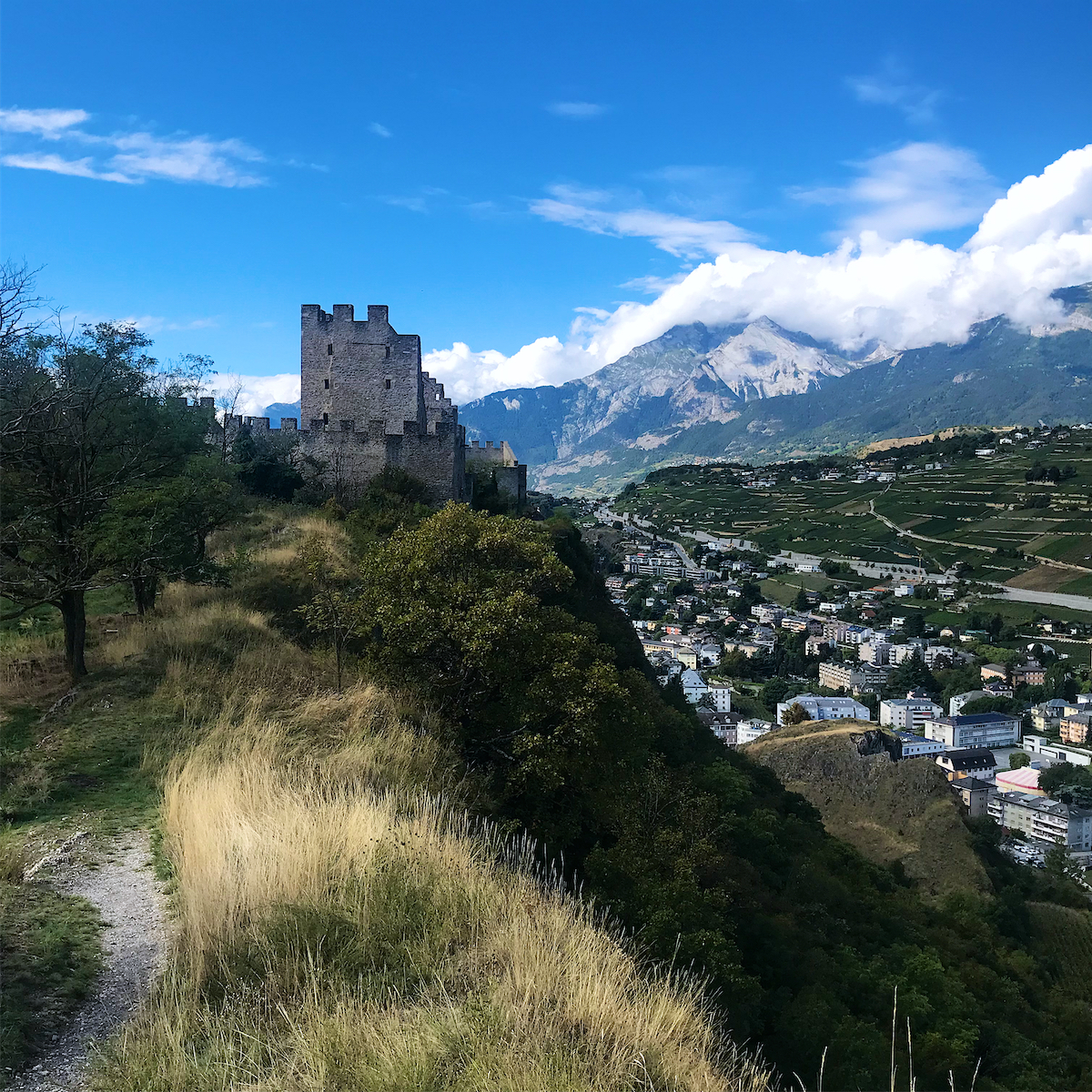
Château de Tourbillon and vineyards, Sion, Valais
photo © Thomas Deckker 2023
photo © Thomas Deckker 2023
Research on Landscape in Switzerland
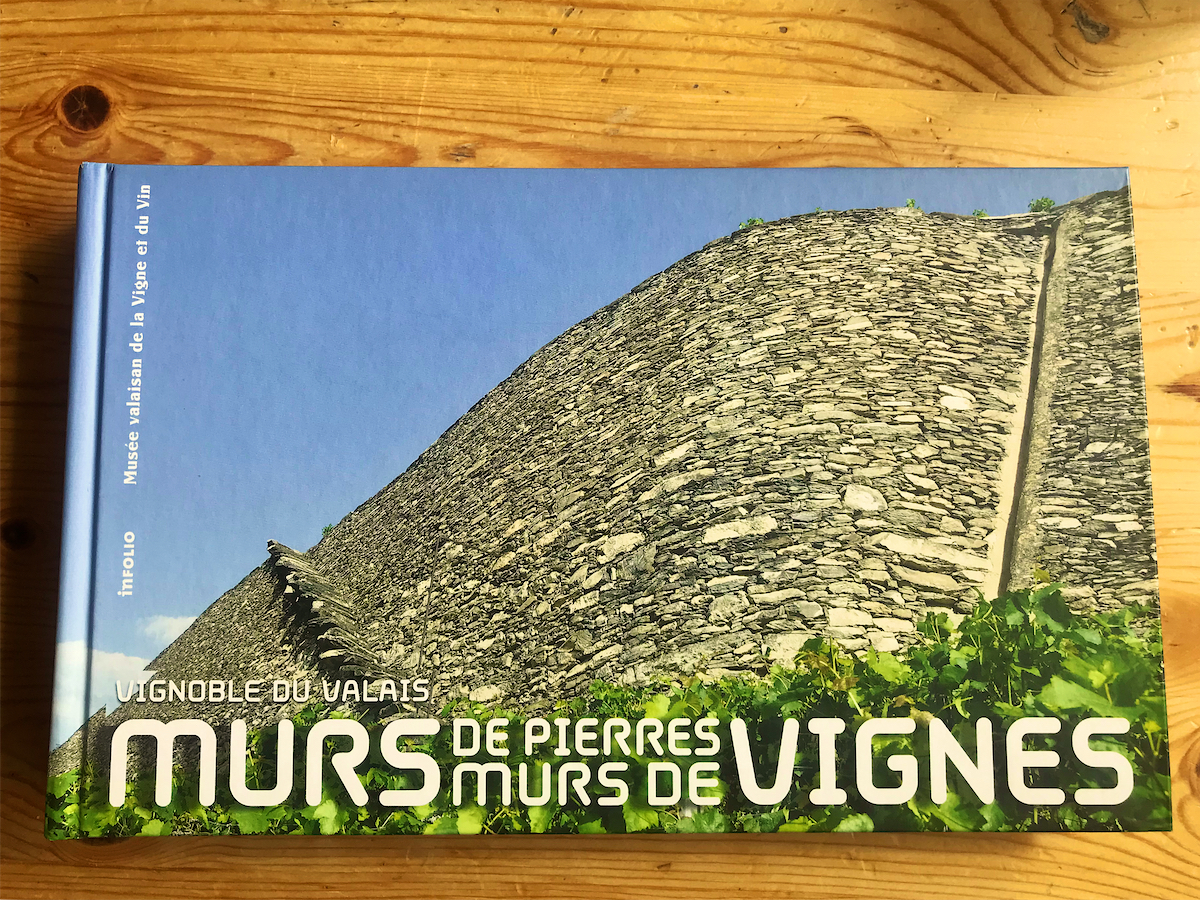
The Musée du Vin in Valais has published a history of dry stone walling in the canton: Murs de pierres, murs de vignes.
La maçonnerie en pierre sèche, remonte aux temps anciens, avant l'existence des liants au mortier. Au fil des siècles pourtant, cette humble technique, démontrant aujourd'hui encore son efficacité, a produit à travers le monde des ouvrages de grande qualité.
En Valais, elle a façonné un paysage extraordinaire, construisant les coteaux en cascades de murs soutenant les tablards de vigne, parfois avec une audace folle. Le Musée valaisan de la Vigne et du Vin est monté à l'assaut de ces murs pour mieux saisir leur valeur patrimoniale.[2]
En Valais, elle a façonné un paysage extraordinaire, construisant les coteaux en cascades de murs soutenant les tablards de vigne, parfois avec une audace folle. Le Musée valaisan de la Vigne et du Vin est monté à l'assaut de ces murs pour mieux saisir leur valeur patrimoniale.[2]
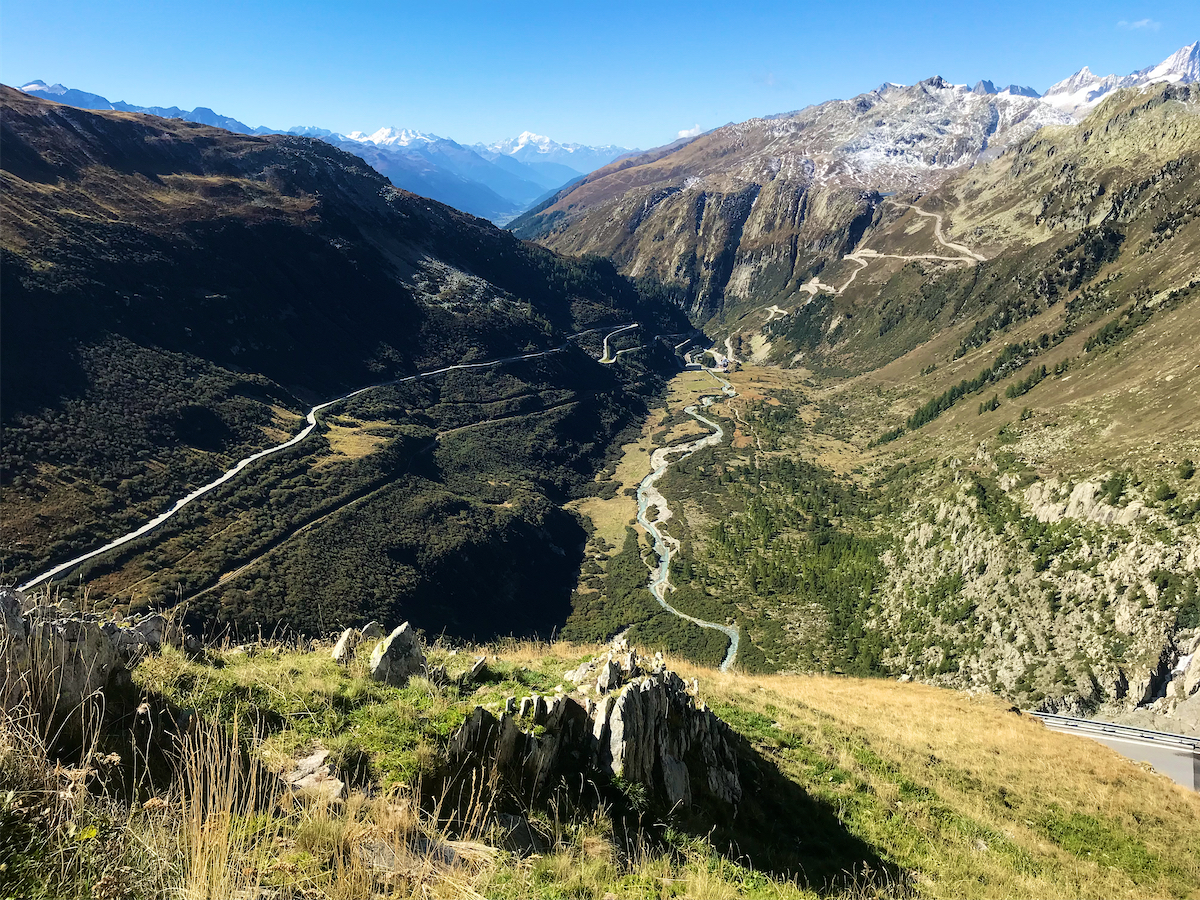
Furka Pass, Uri/Valais, Switzerland
photo © Thomas Deckker 2022
photo © Thomas Deckker 2022
There are also some research projects into the aesthetic value of alpine roads in Switzerland, such as The Mountain on the Road: The Interrelation of Road and Landscape during the Modernization of the Swiss Pass Roads in the 1930s research project at the Eidgenössische Technische Hochschule in Zürich, in partnership with ViaStoria, the Swiss Foundation for the History of Traffic. Alpine roads are a perfect illustration of the idea that the natural - landscape - and artificial - architecture - are physically and conceptually distinct, but with a flexible and indeterminate boundary between them. As the project leader Christophe Girot says:
Topology, in this instance, is not confined to the science of continuous surfaces in mathematics, it can pay greater attention to deeper spatial, physical, poetic and philosophical values embedded in a long tradition of designed nature. [3]
Footnotes
1. Luigi Snozzi: Monte Carasso: die Wiedererfindung des Ortes / Monte Carasso: la reinvenzione del sito [Birkhäuser, Basle 1995]; Thomas Deckker: Luigi Snozzi: The re-invention of the site in Jan Birksted (ed): Relating Landscape to Architecture [London: Routledge 1999]. ↩
2. "Dry stone masonry dates back to ancient times, before the existence of mortar. Over the centuries, however, this humble technique, which still maintains its effectiveness today, has produced, worldwide, works of high quality.
In Valais, this has shaped an extraordinary landscape, with cascades of walls built on the hillsides, supporting the vine trellises, sometimes with fearless courage. The Valais Museum of Vine and Wine has investigated these walls to better appreciate their heritage value." ↩
In Valais, this has shaped an extraordinary landscape, with cascades of walls built on the hillsides, supporting the vine trellises, sometimes with fearless courage. The Valais Museum of Vine and Wine has investigated these walls to better appreciate their heritage value." ↩
3. Landscript 3: Topology [Berlin: deGruyter Press 2013] ↩
Thomas Deckker
London 2023
London 2023
